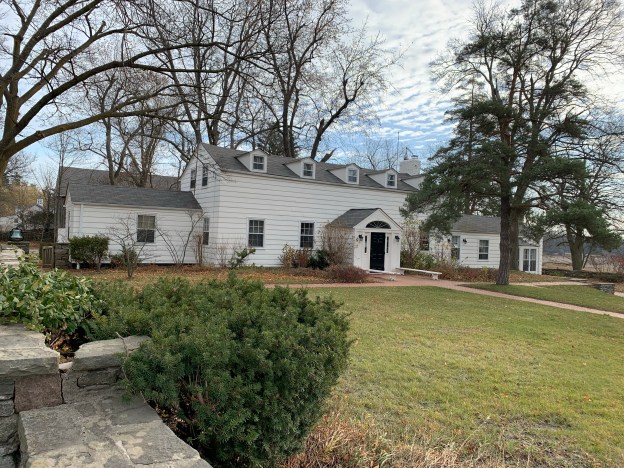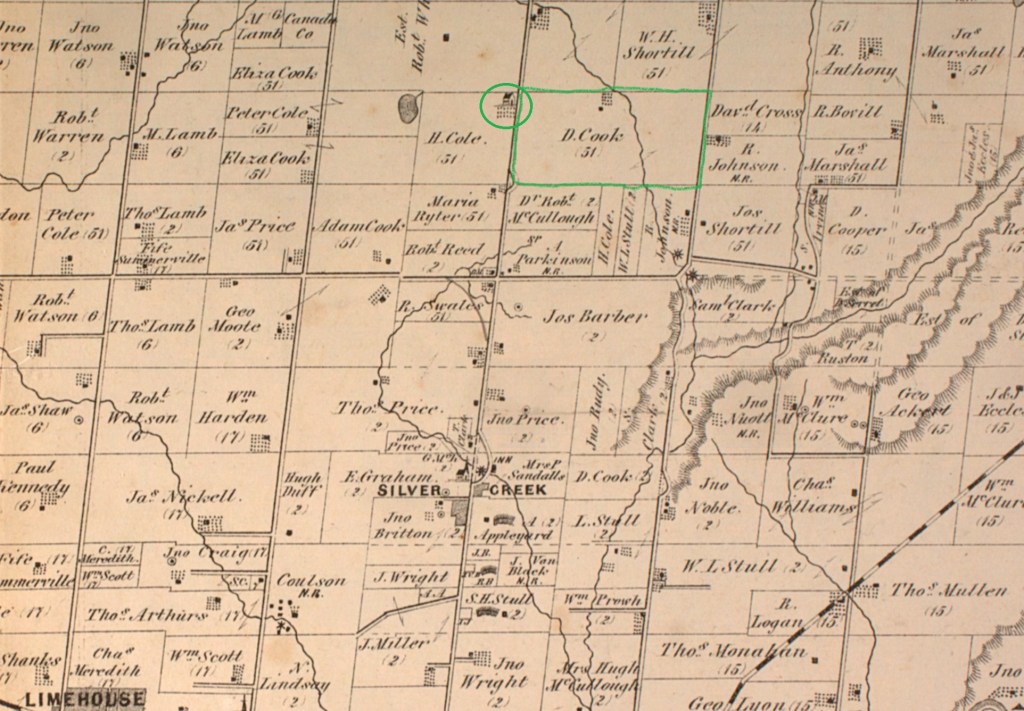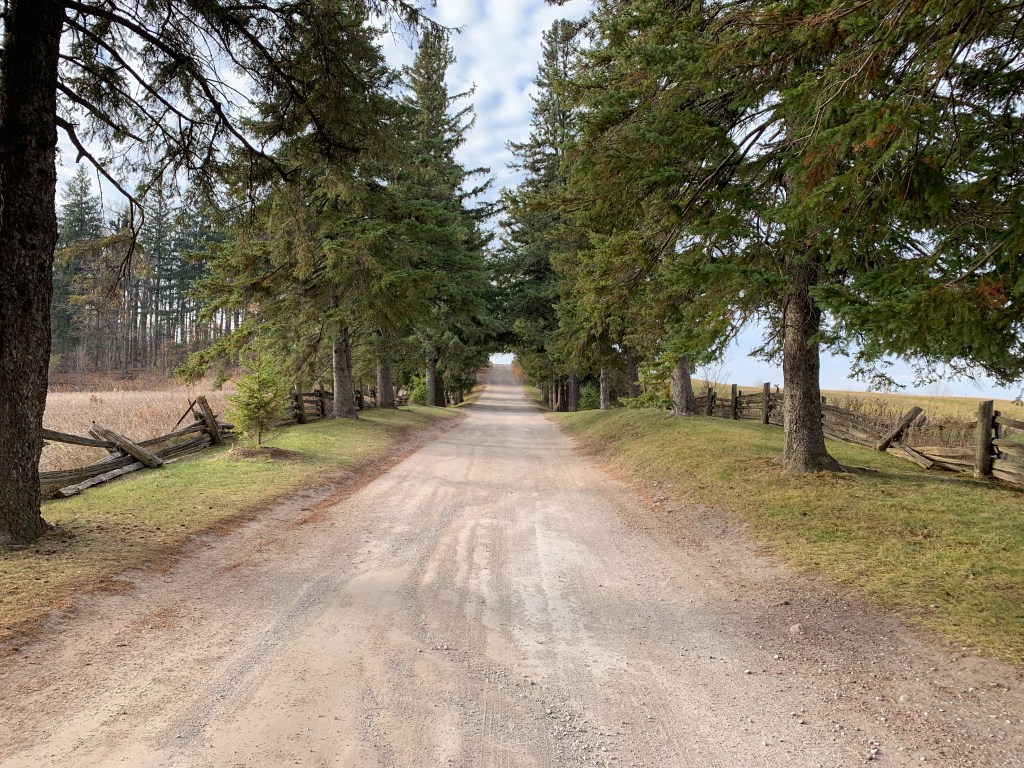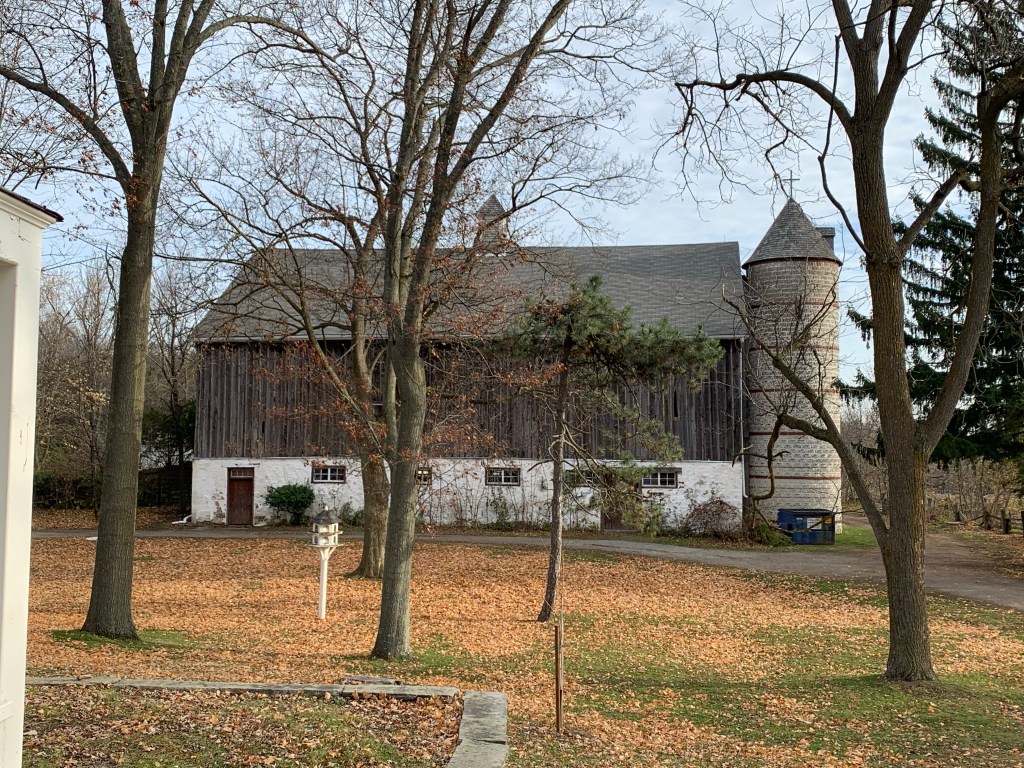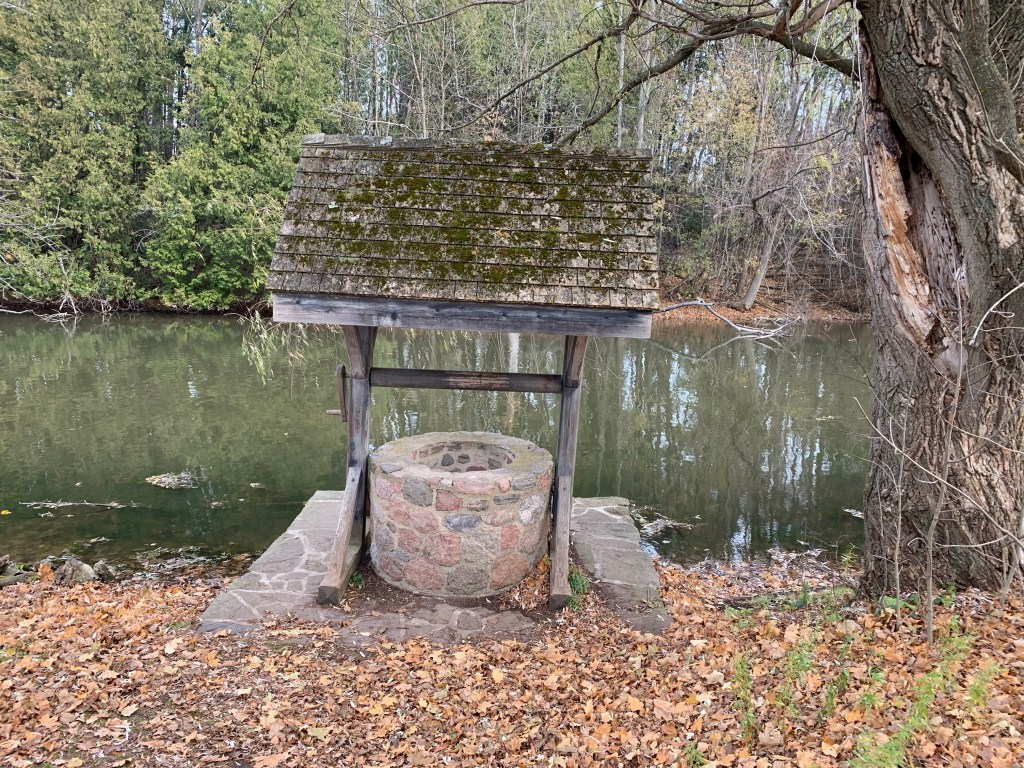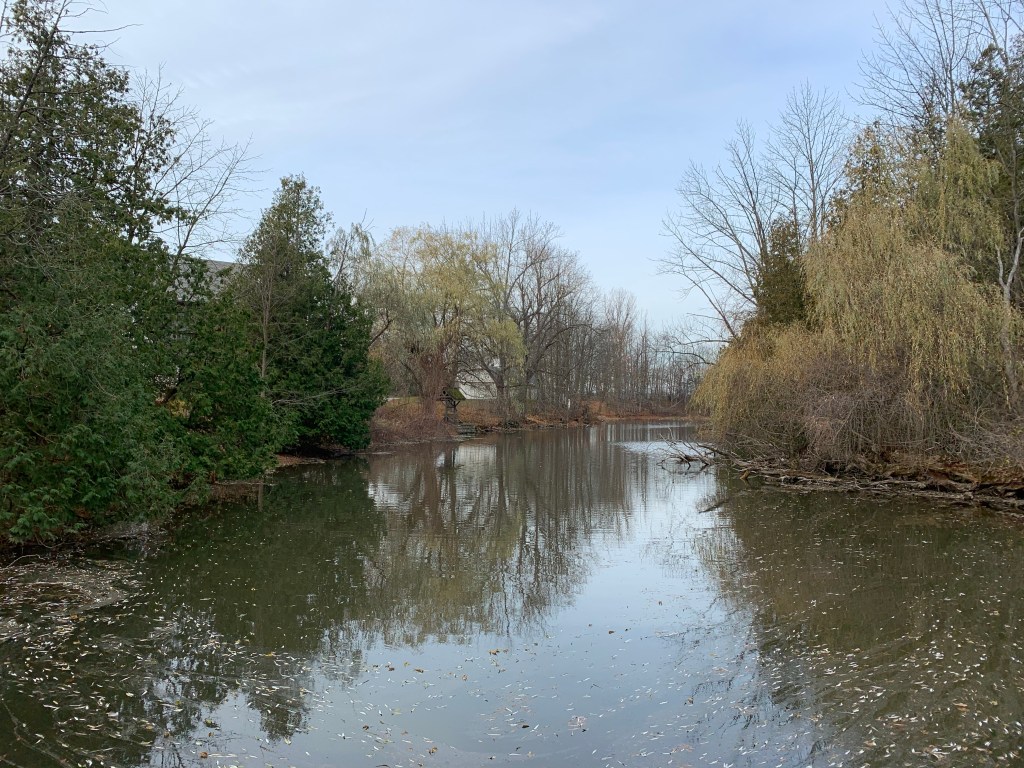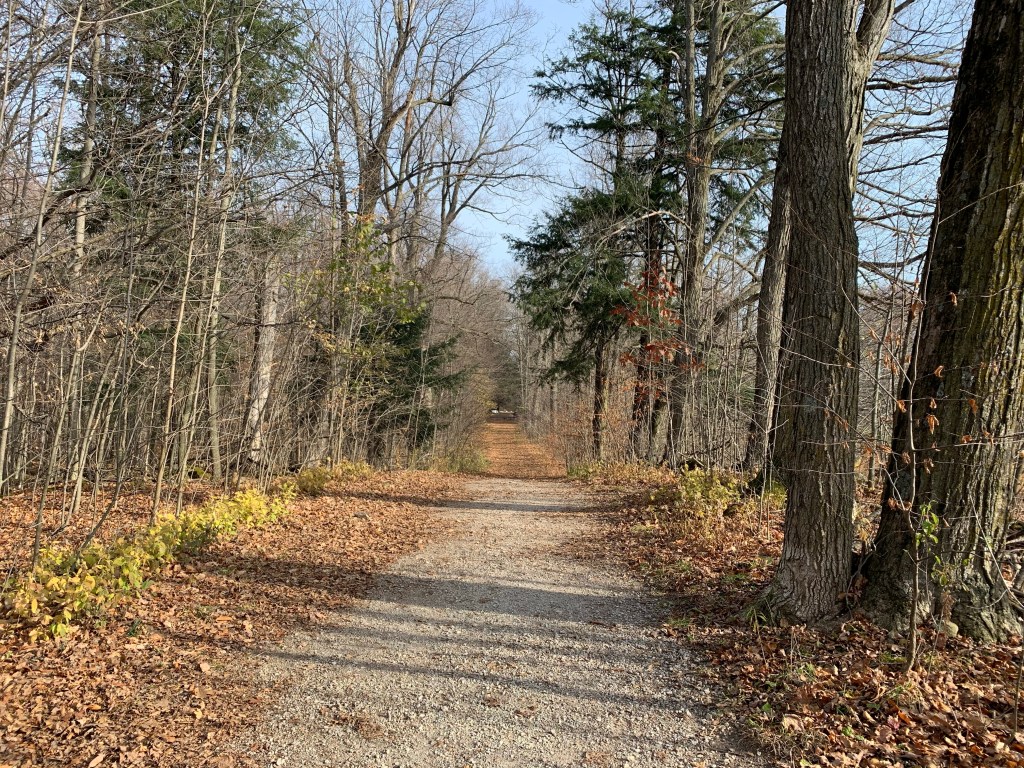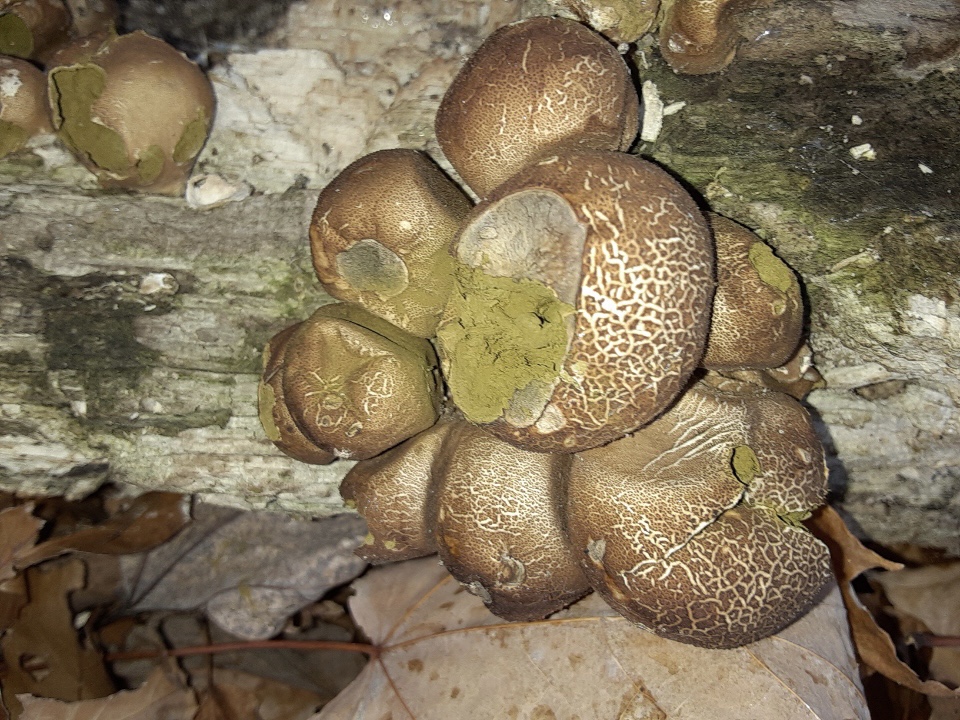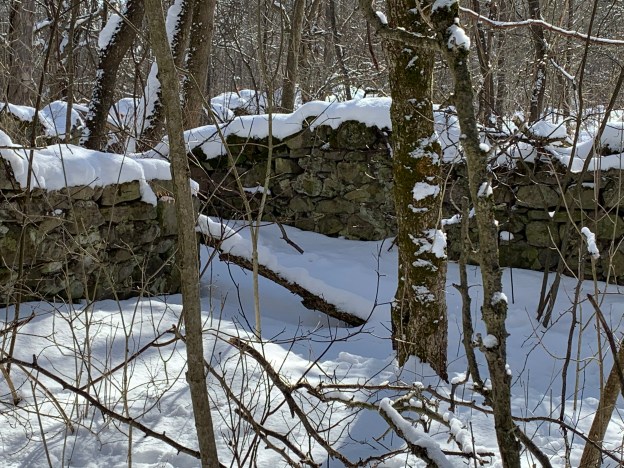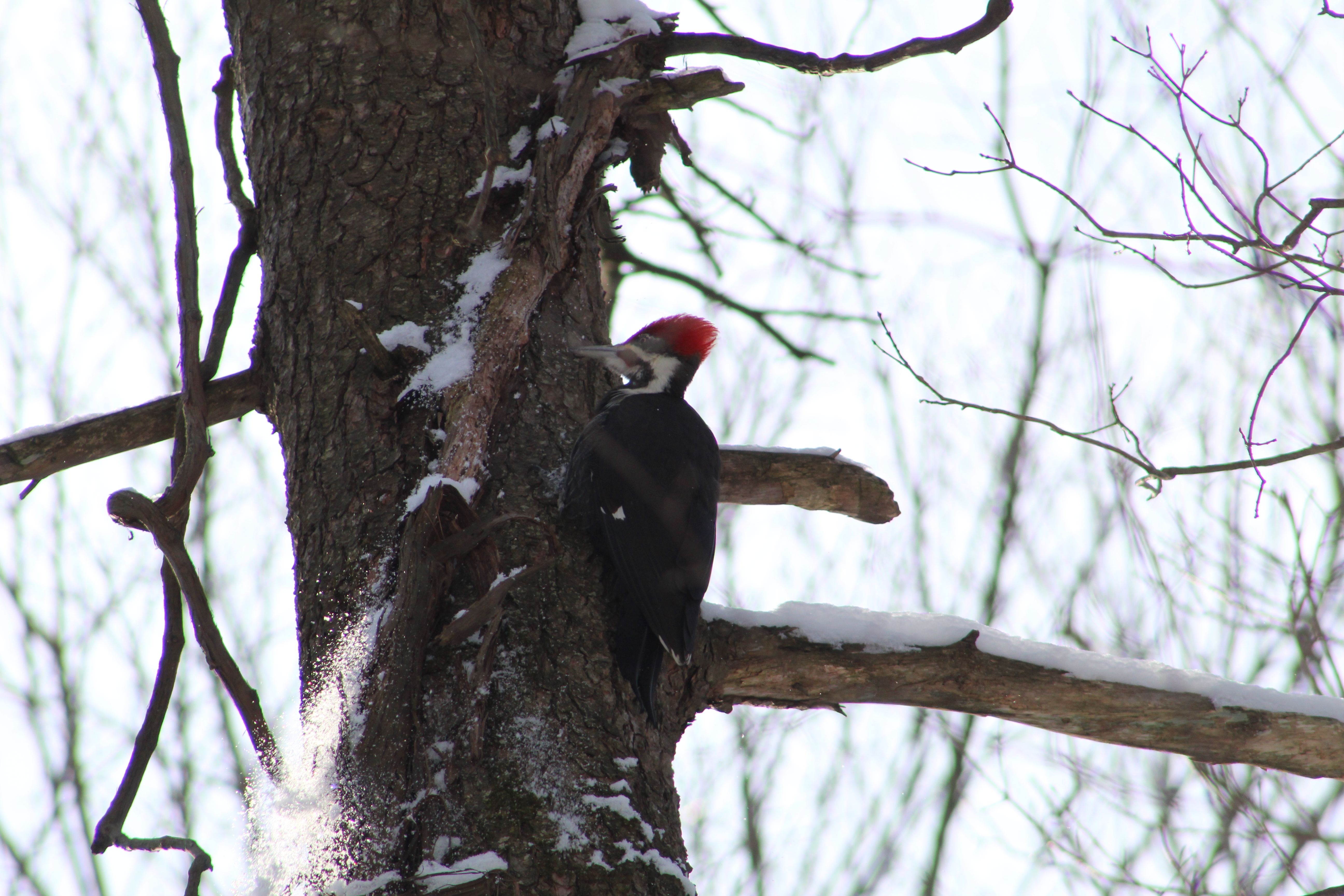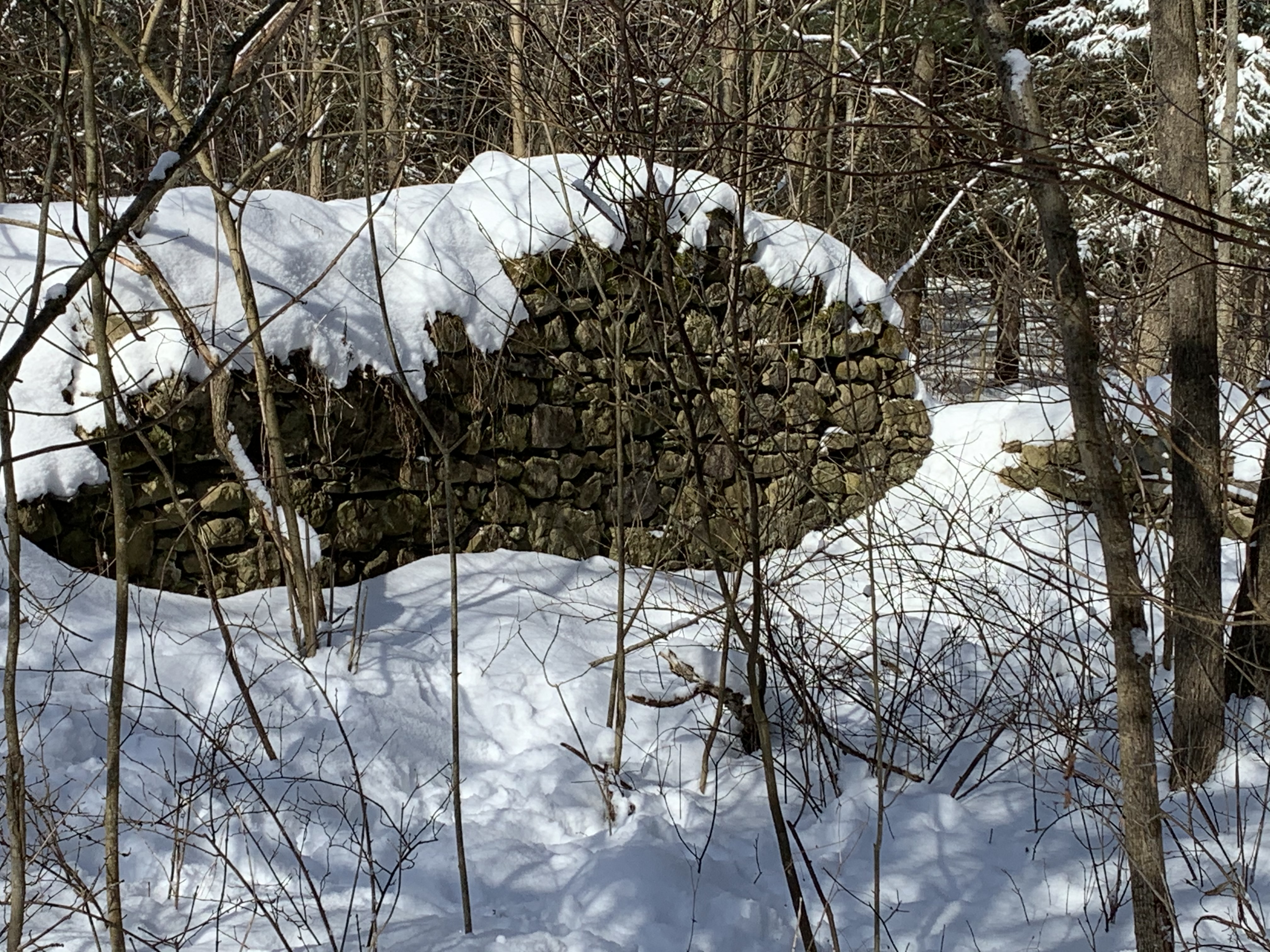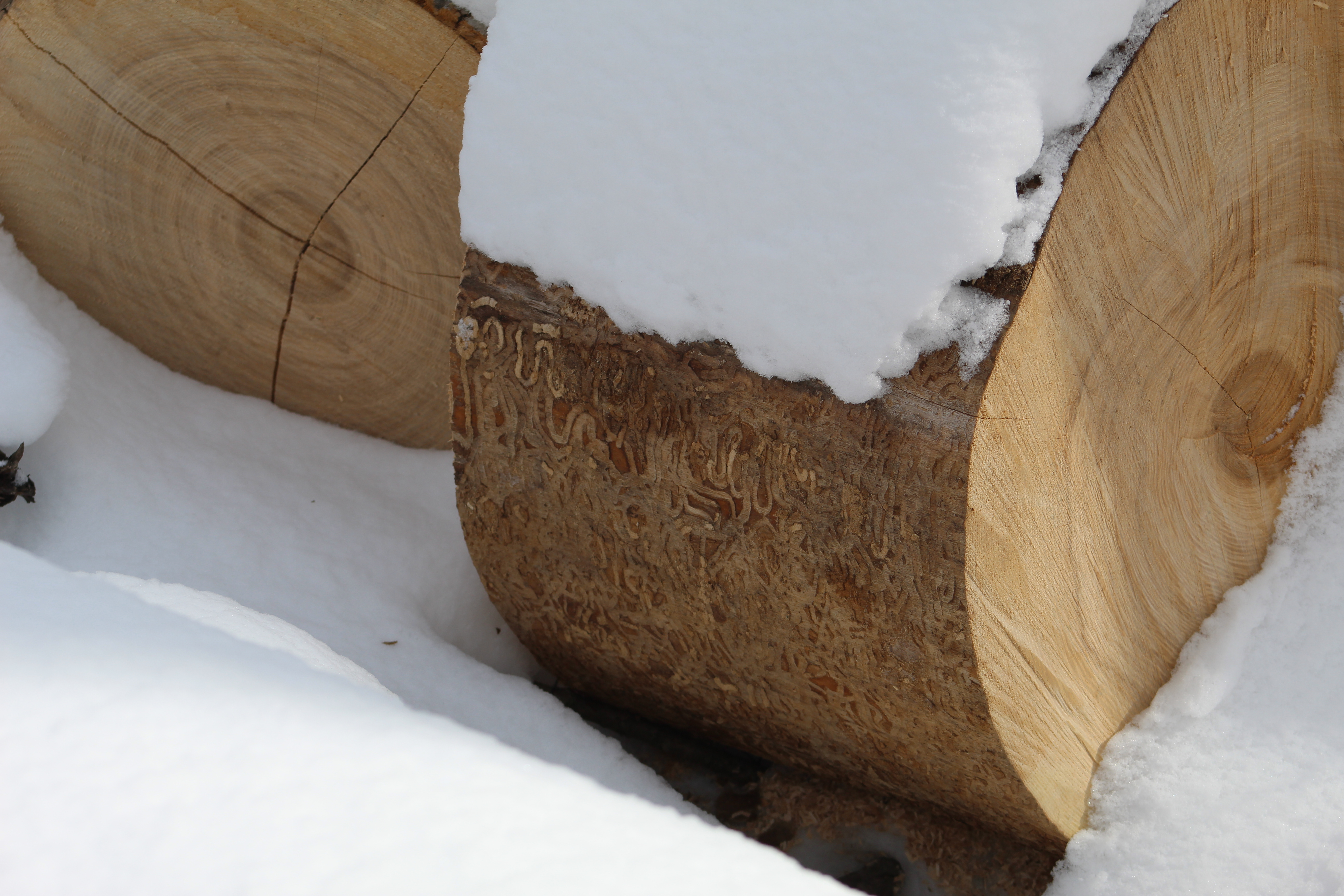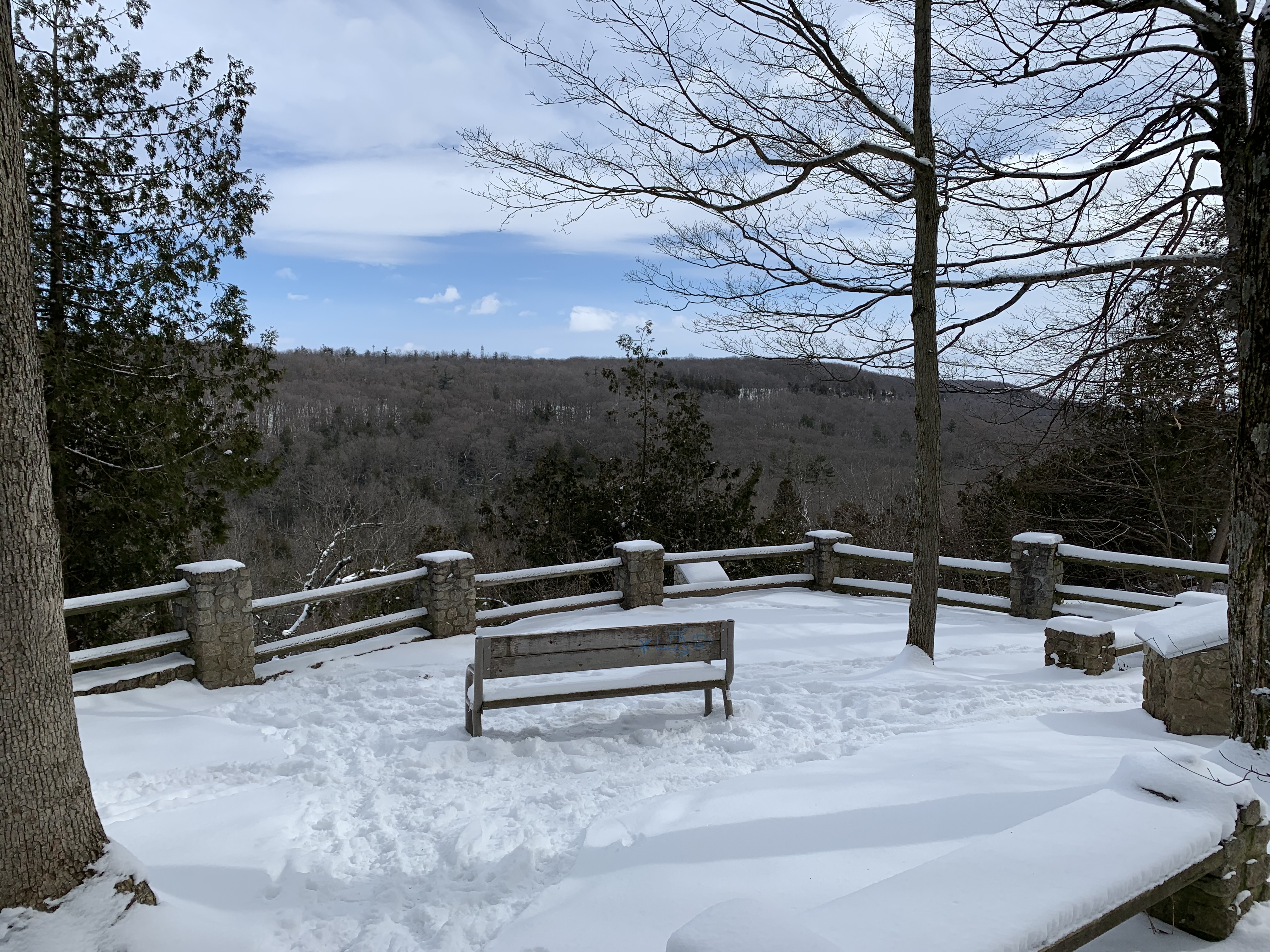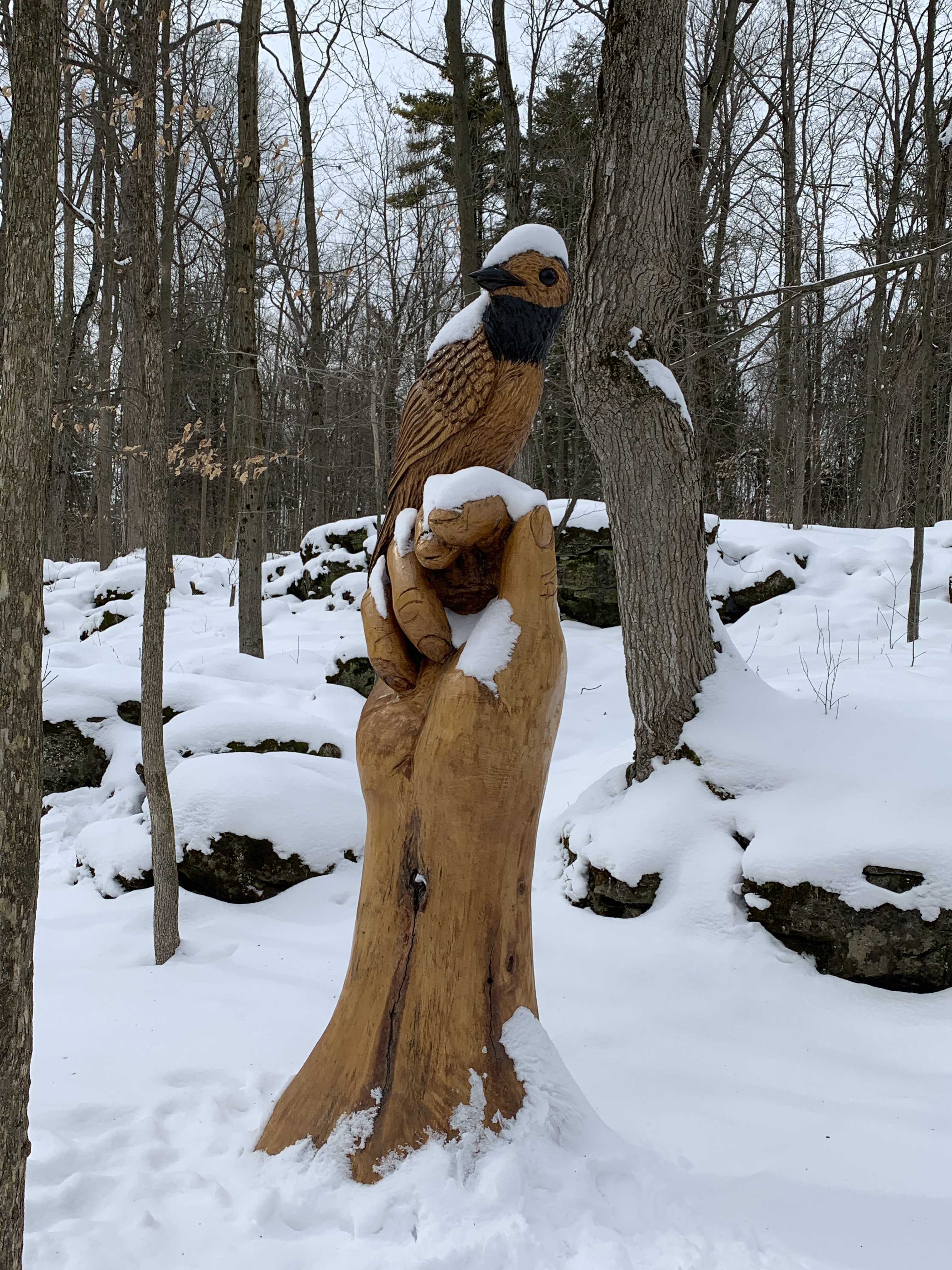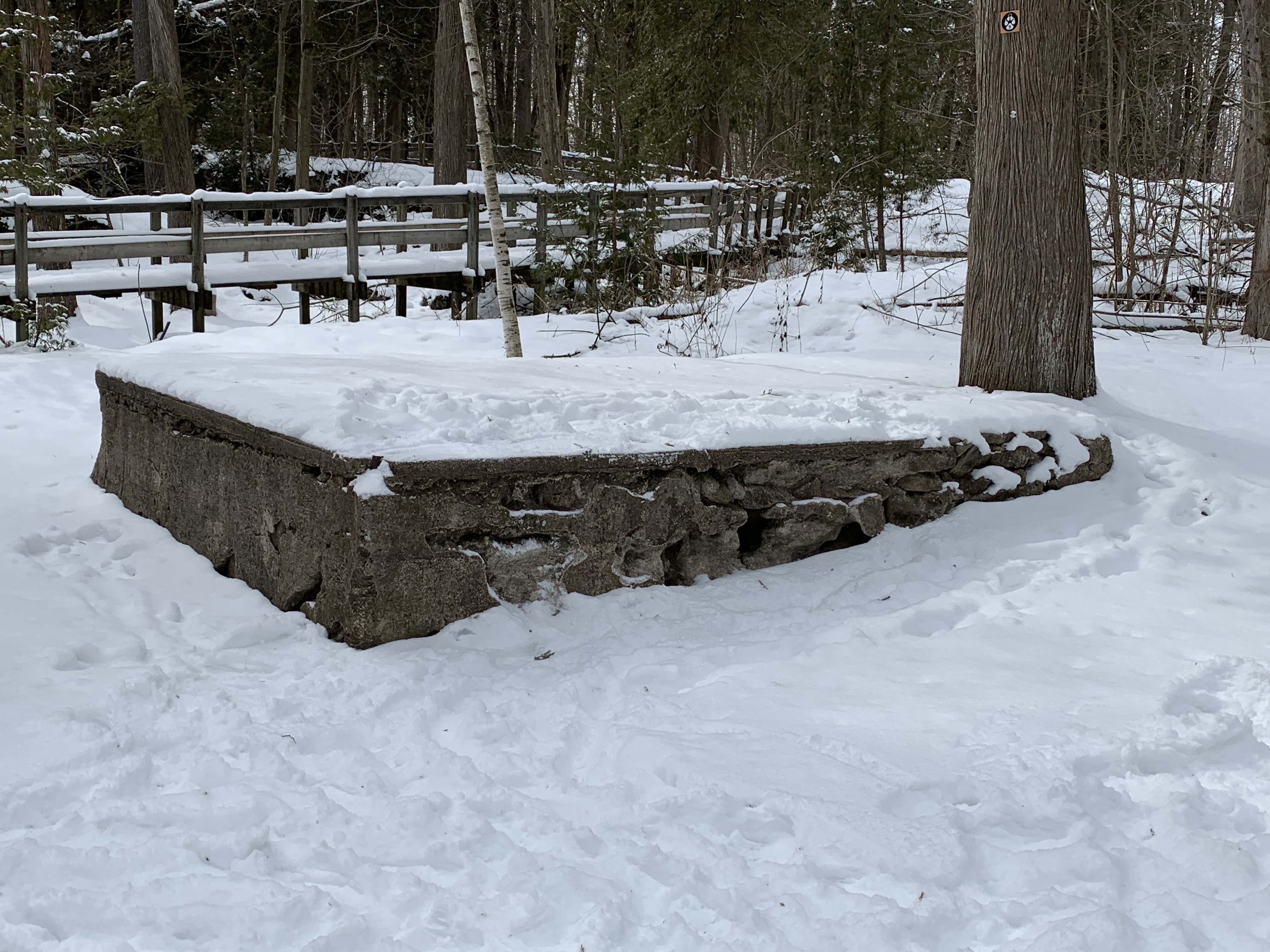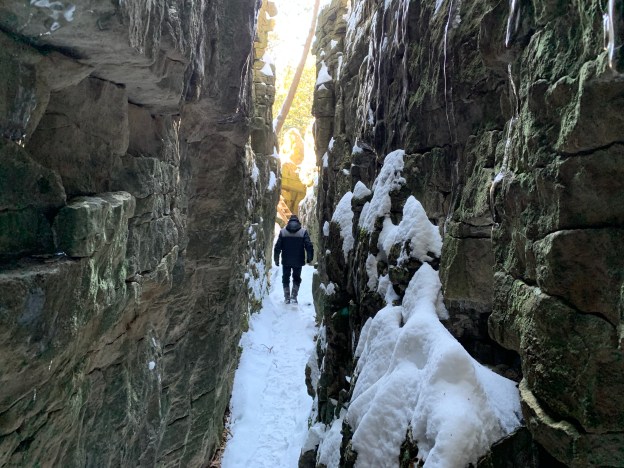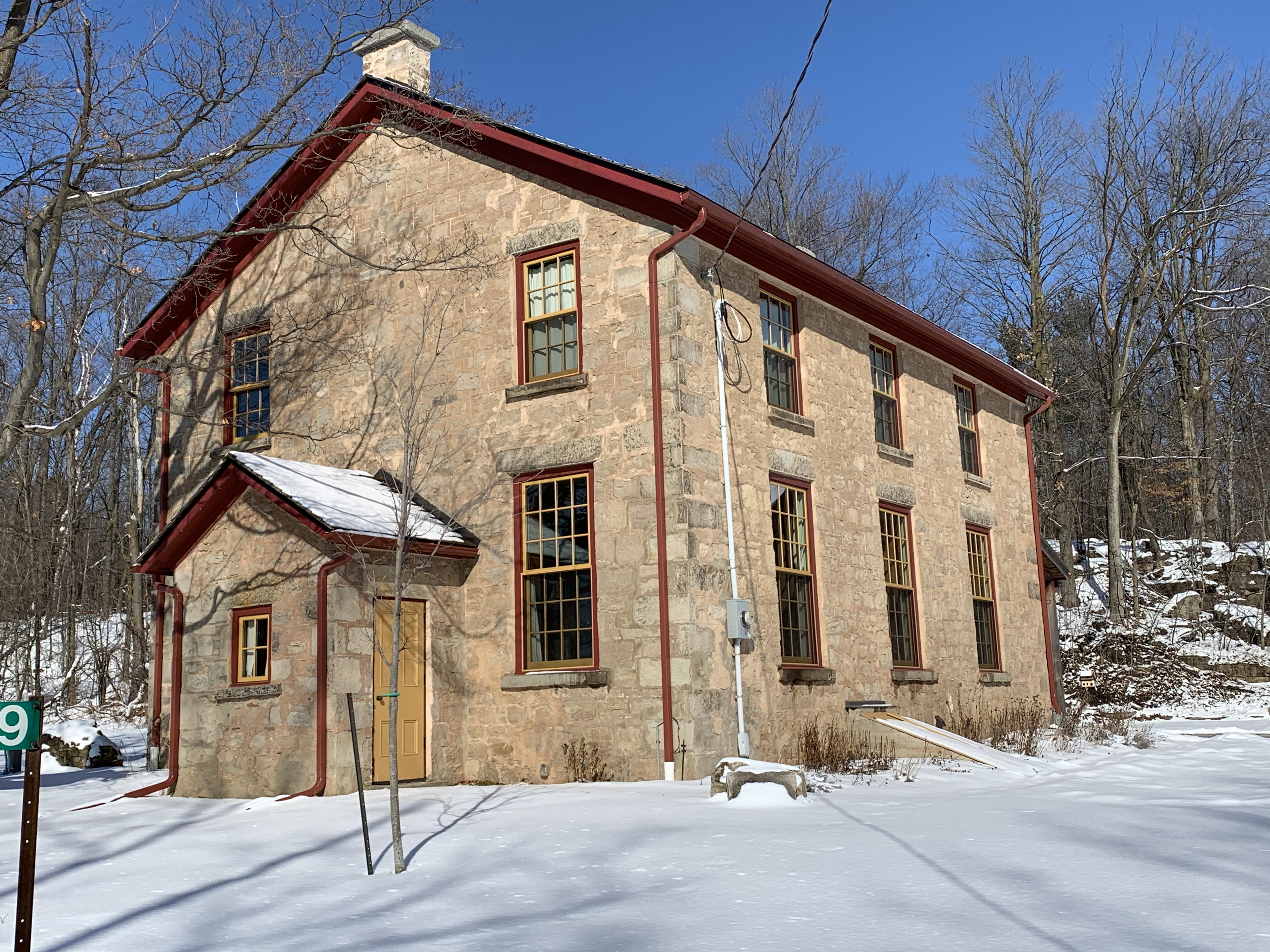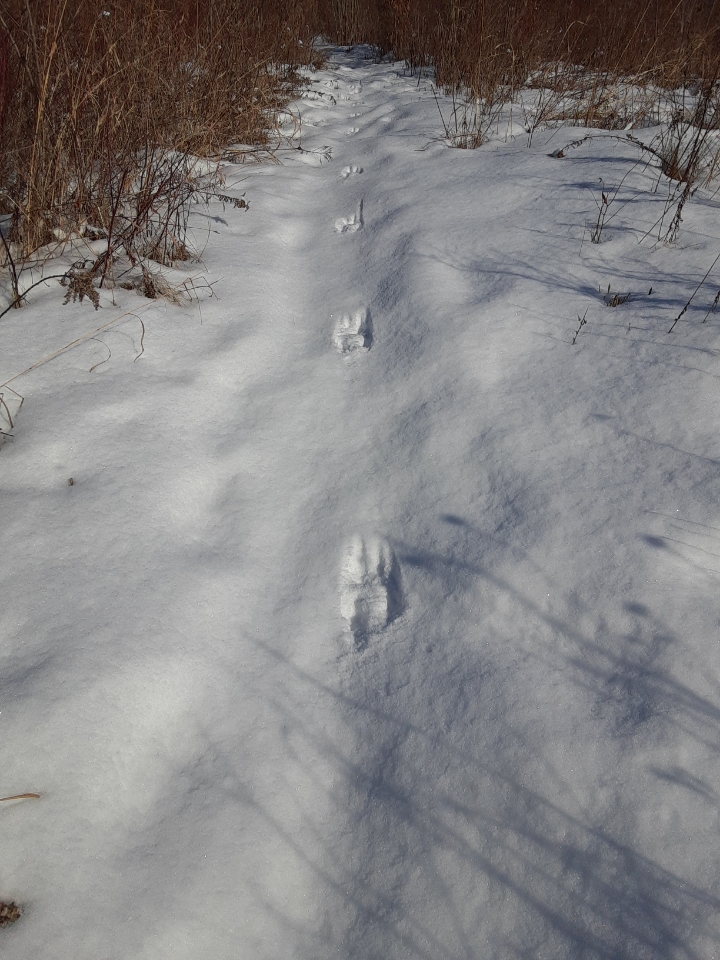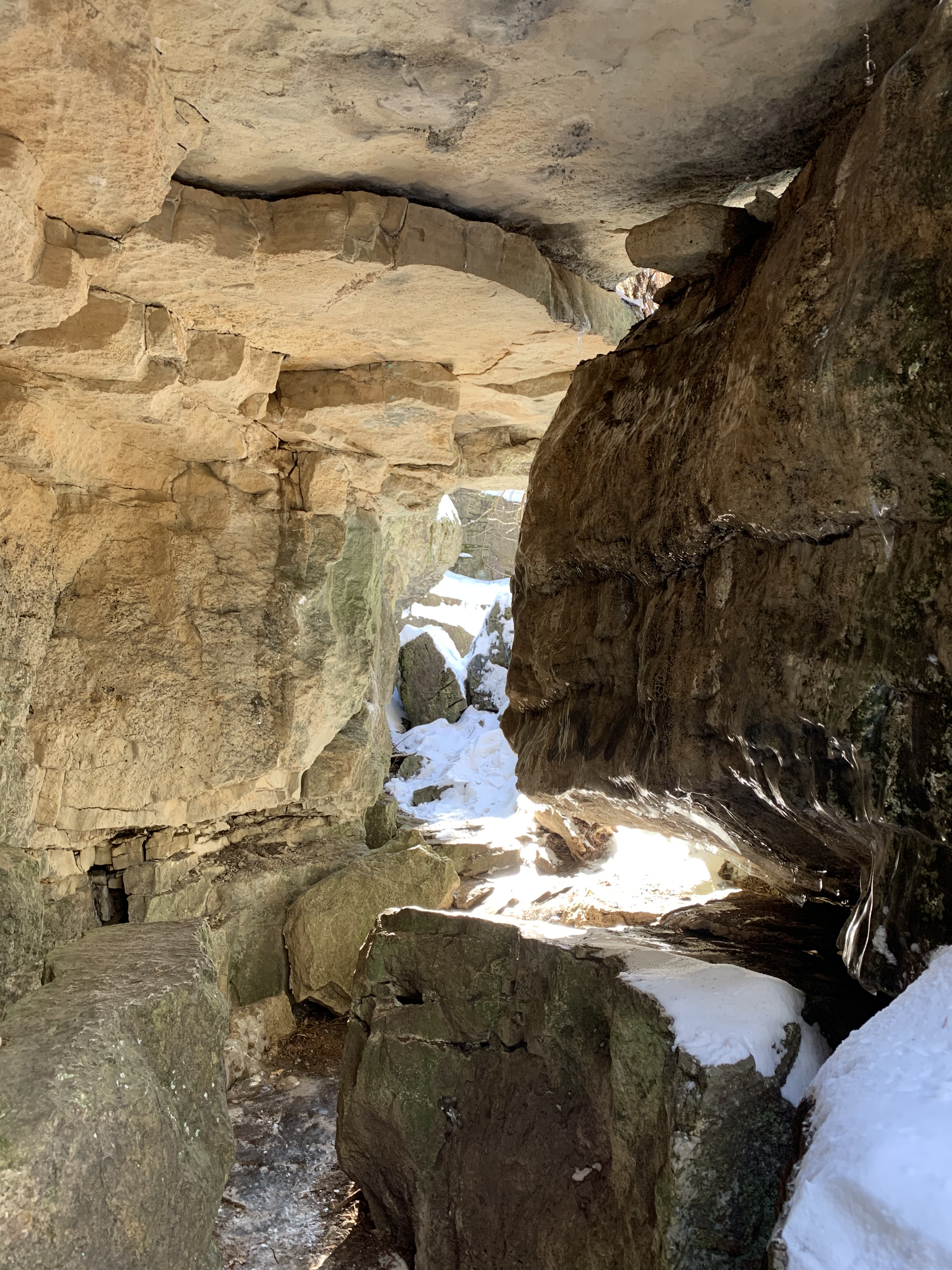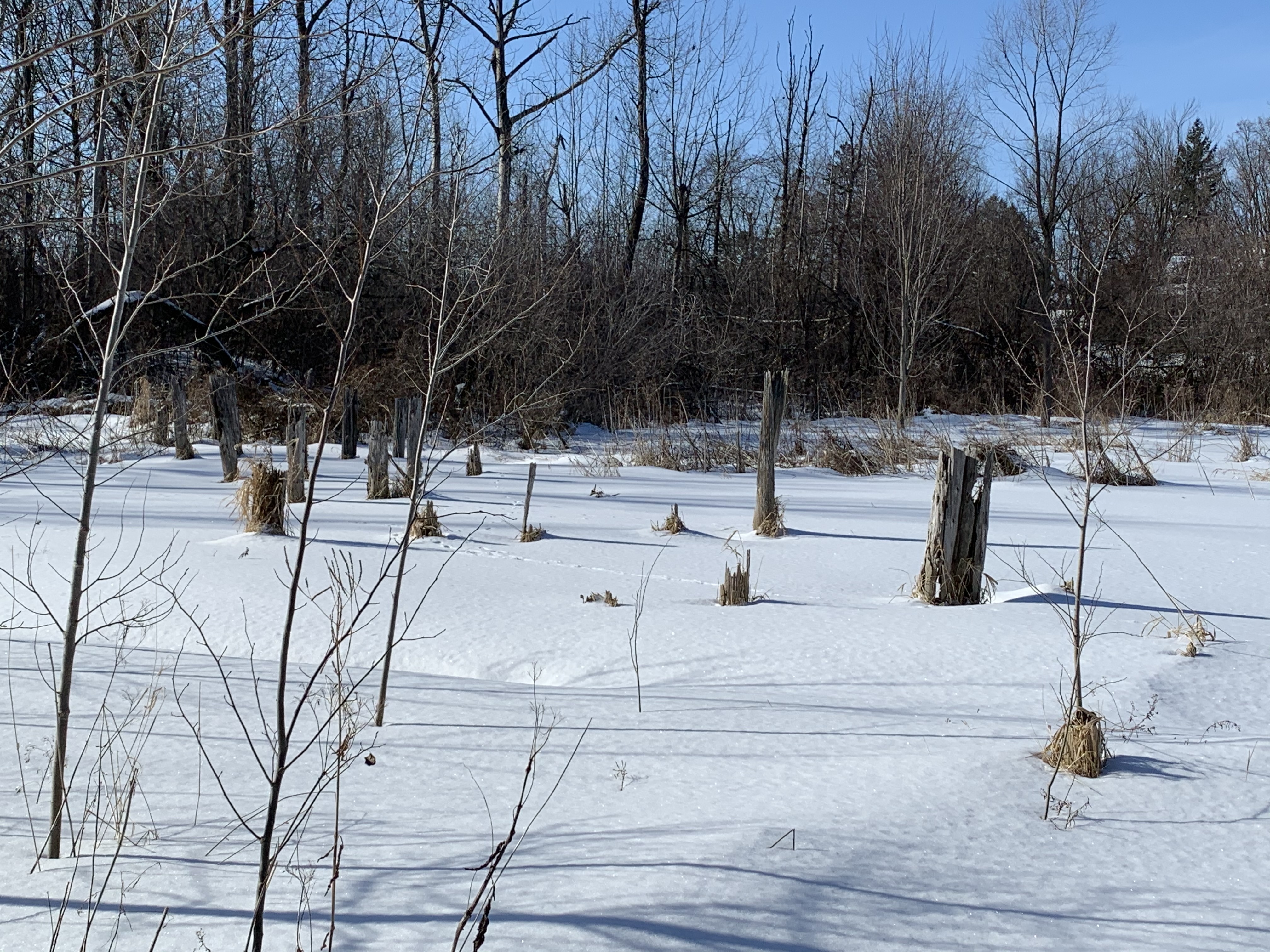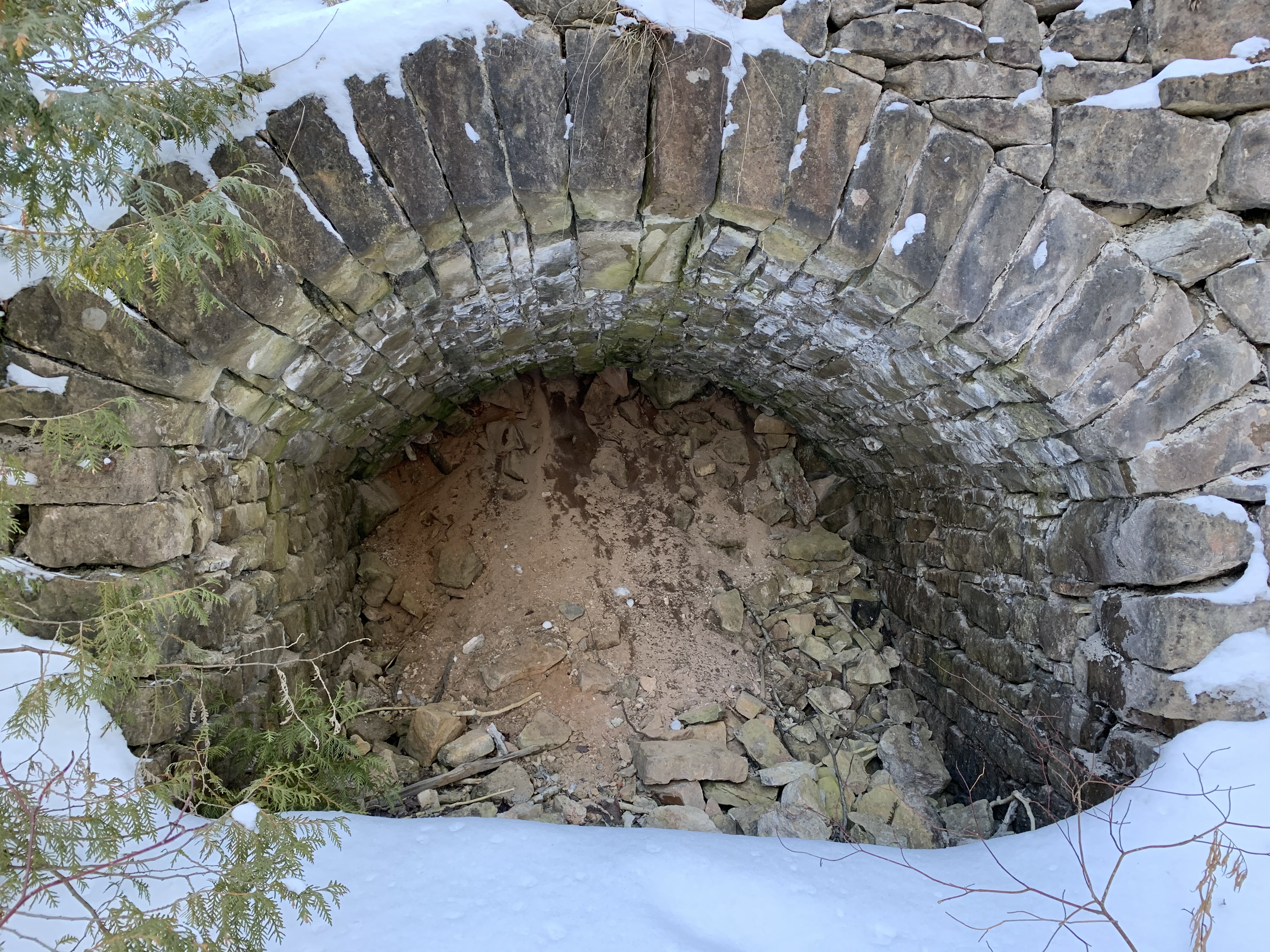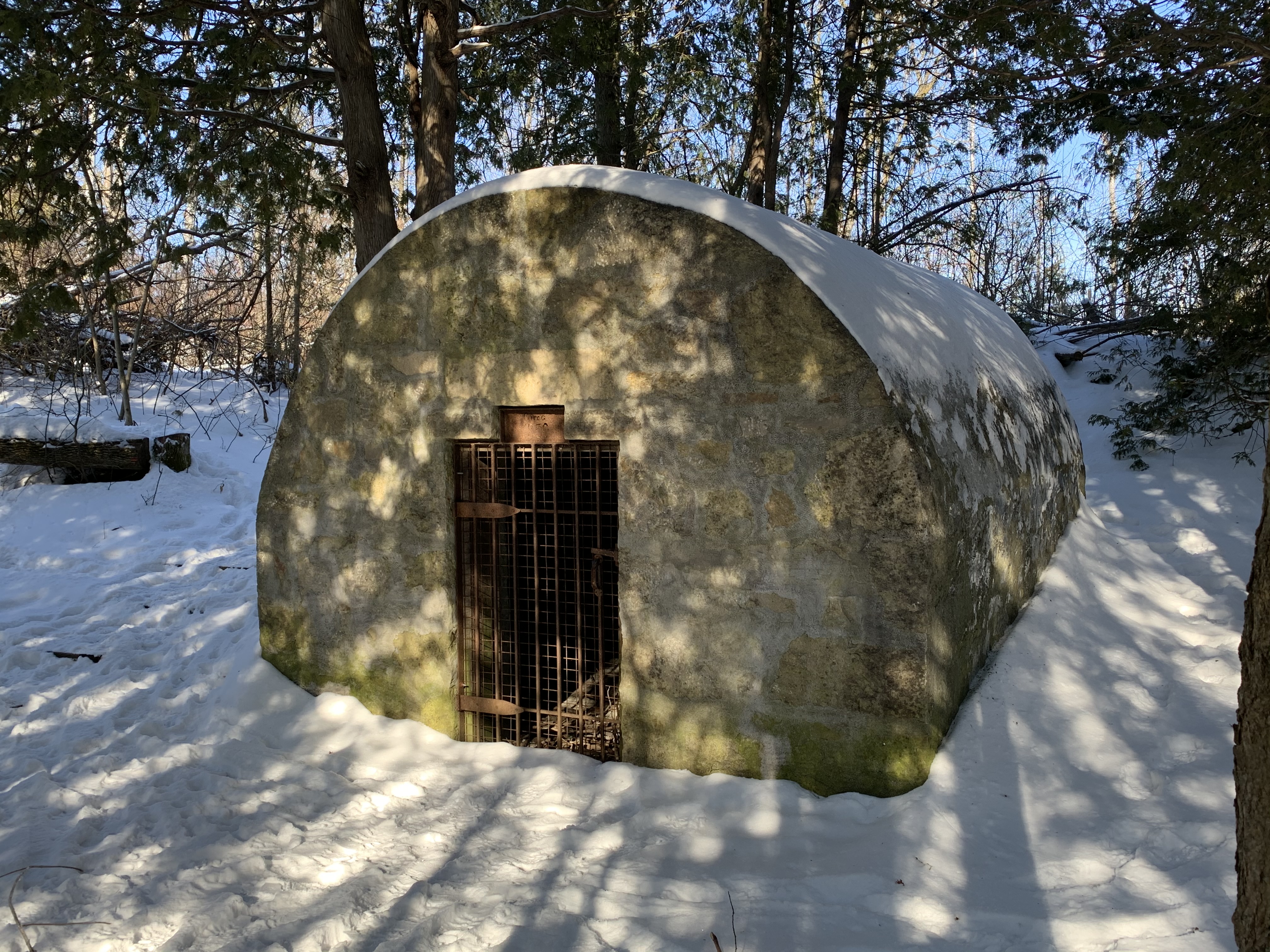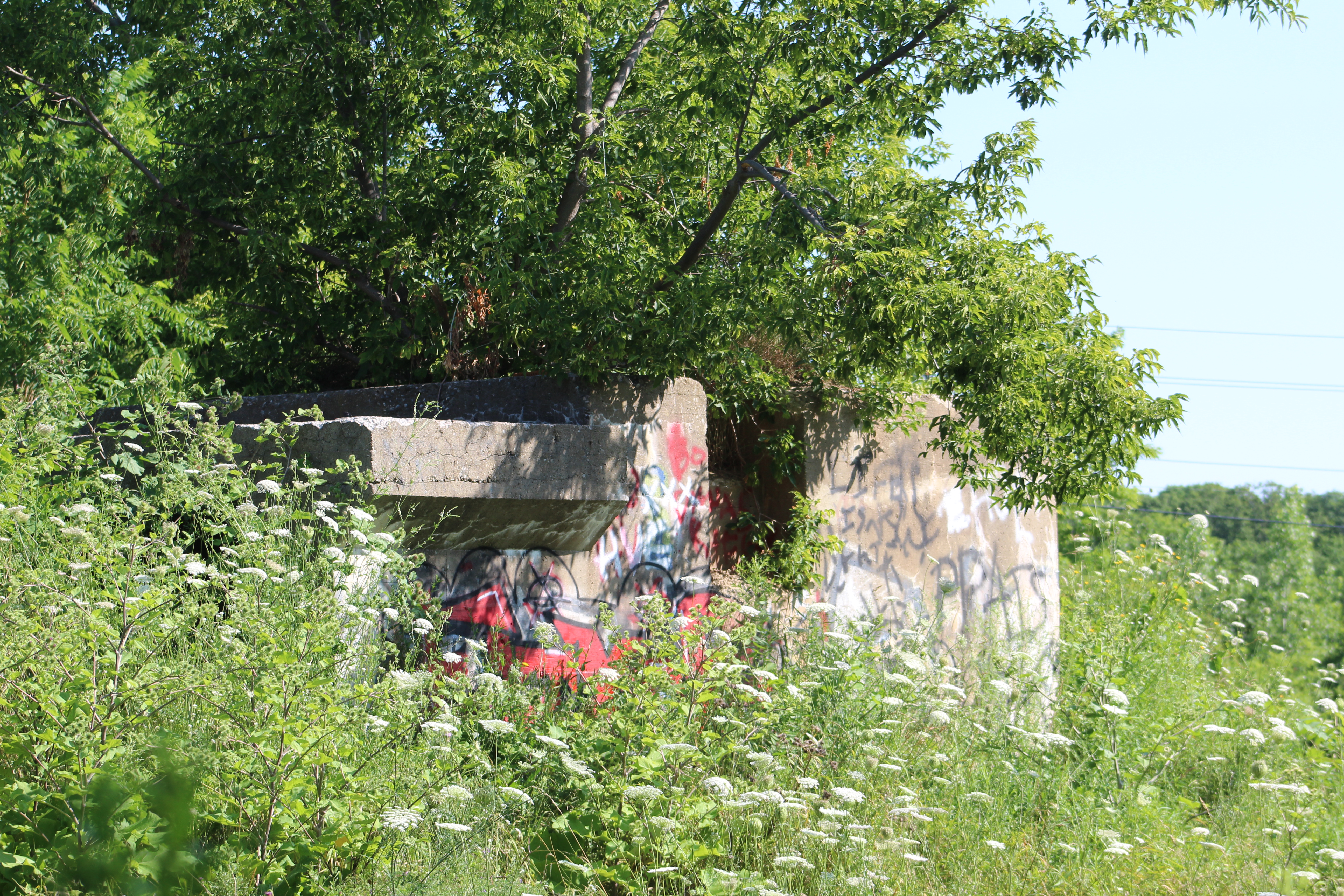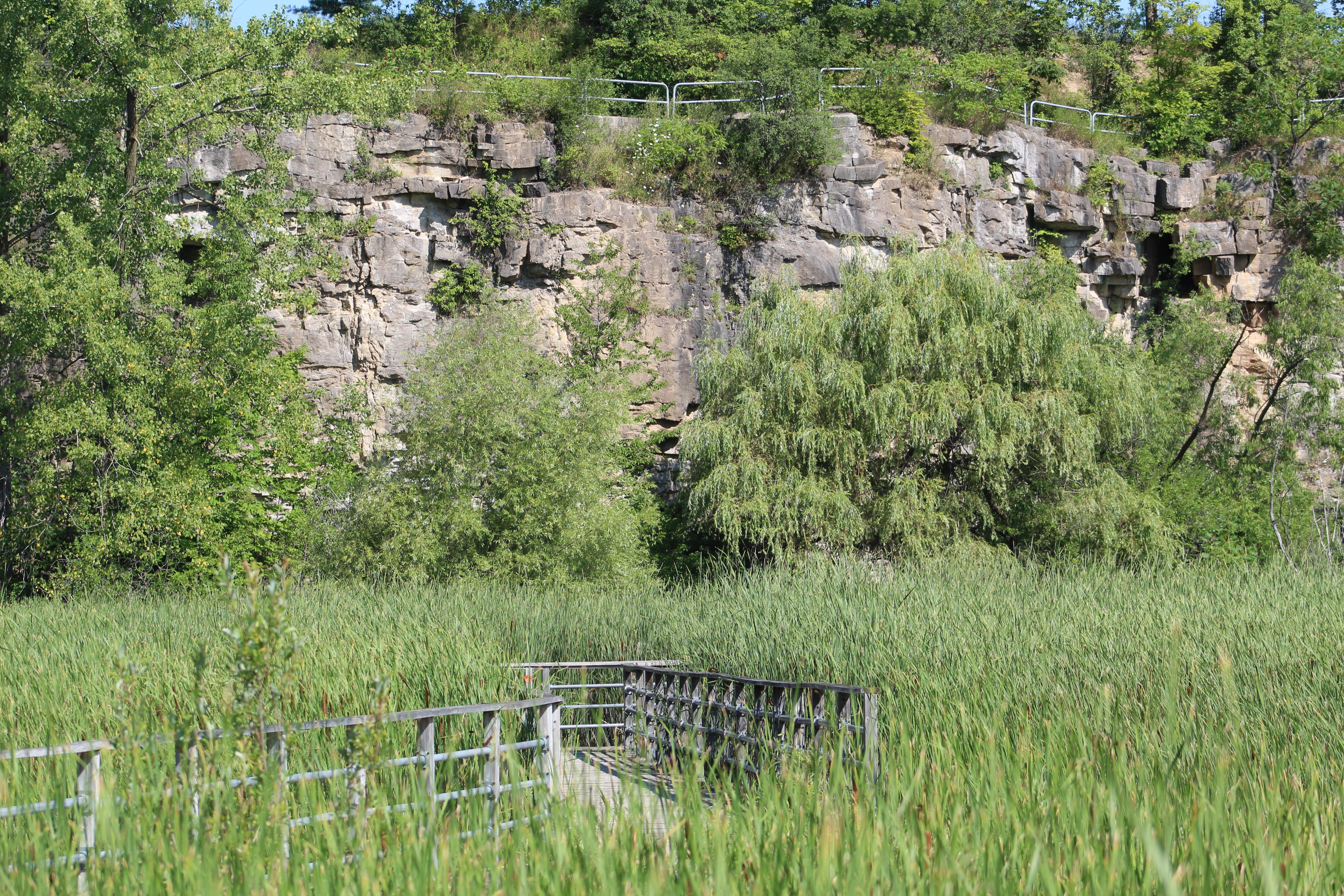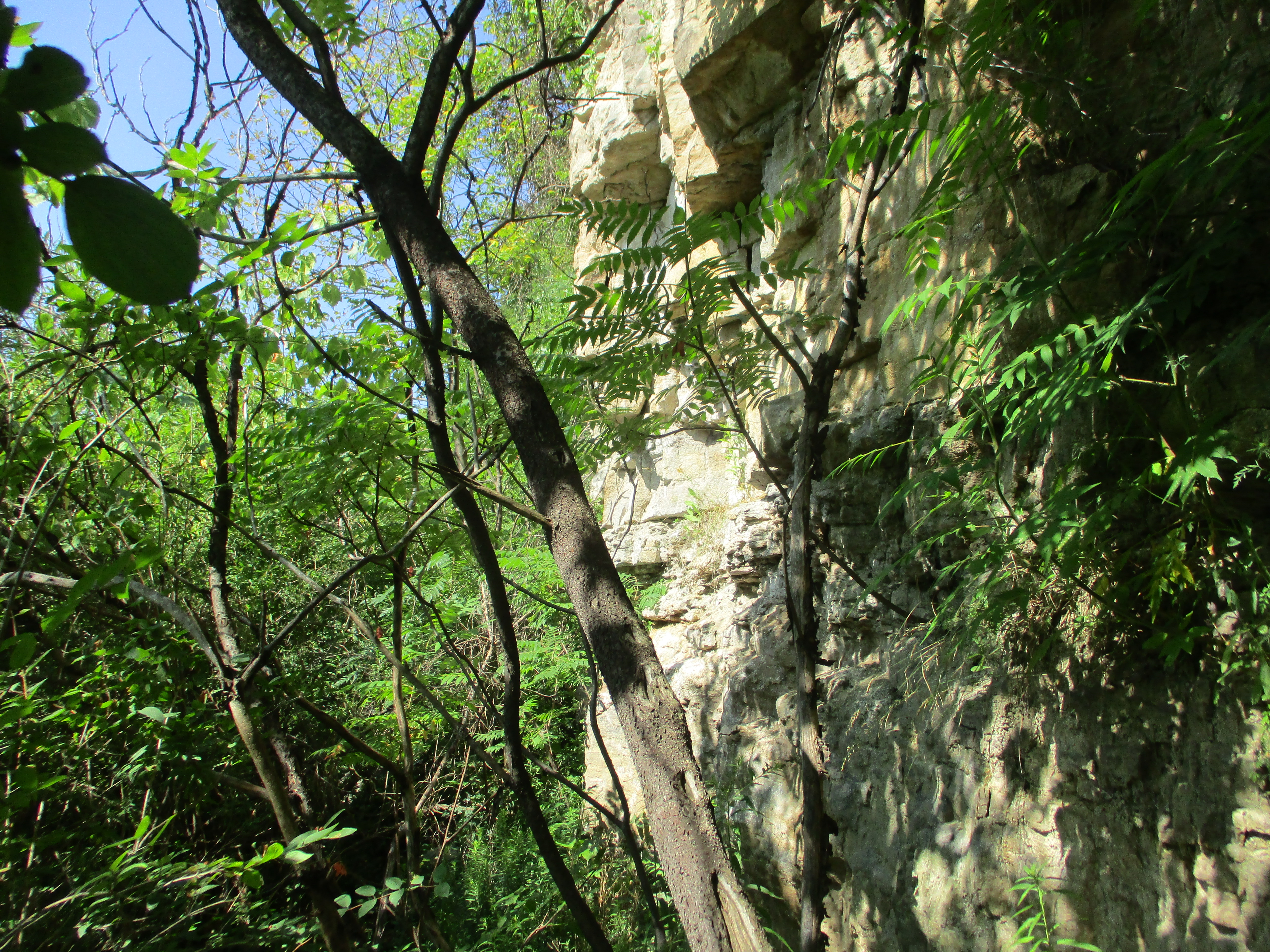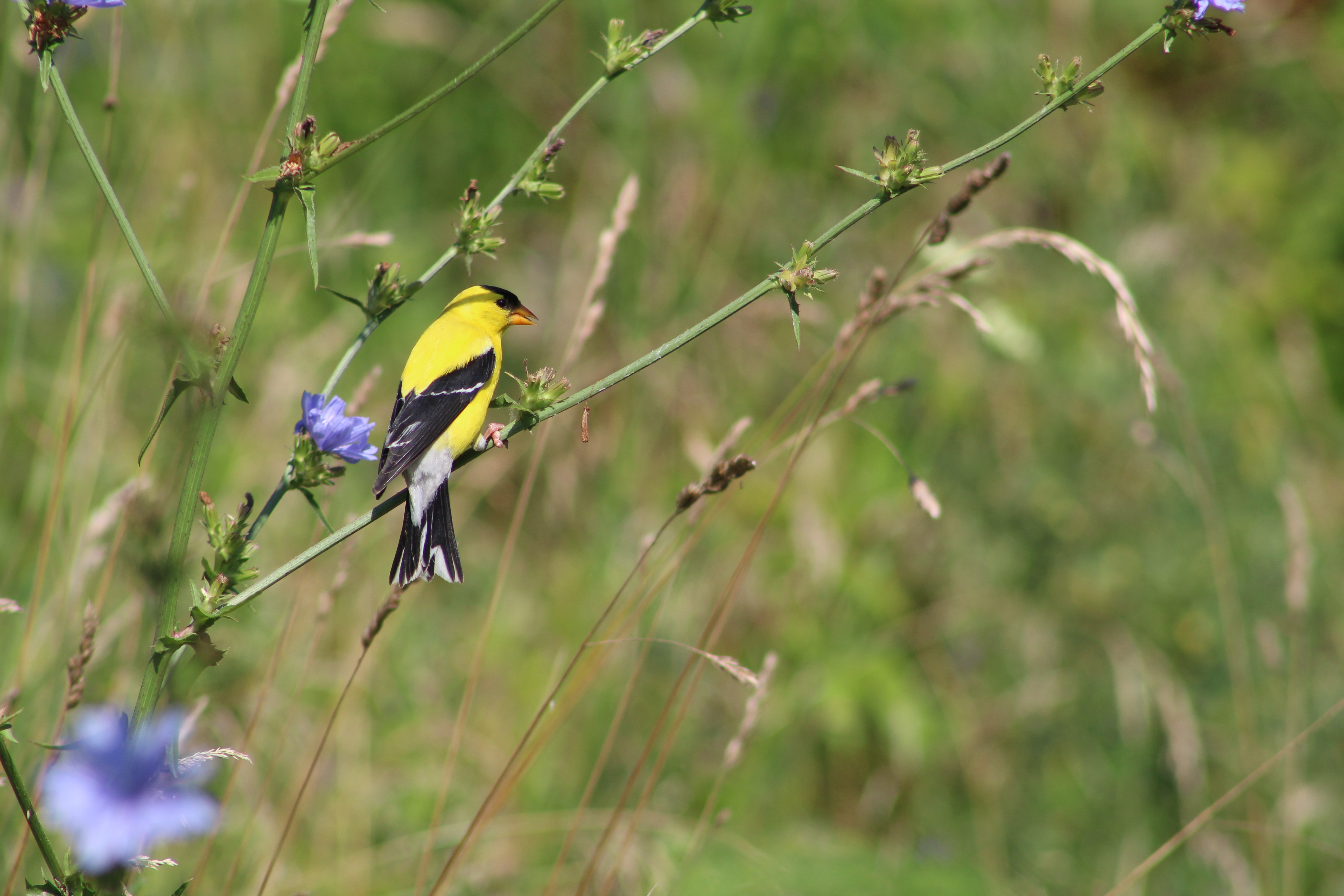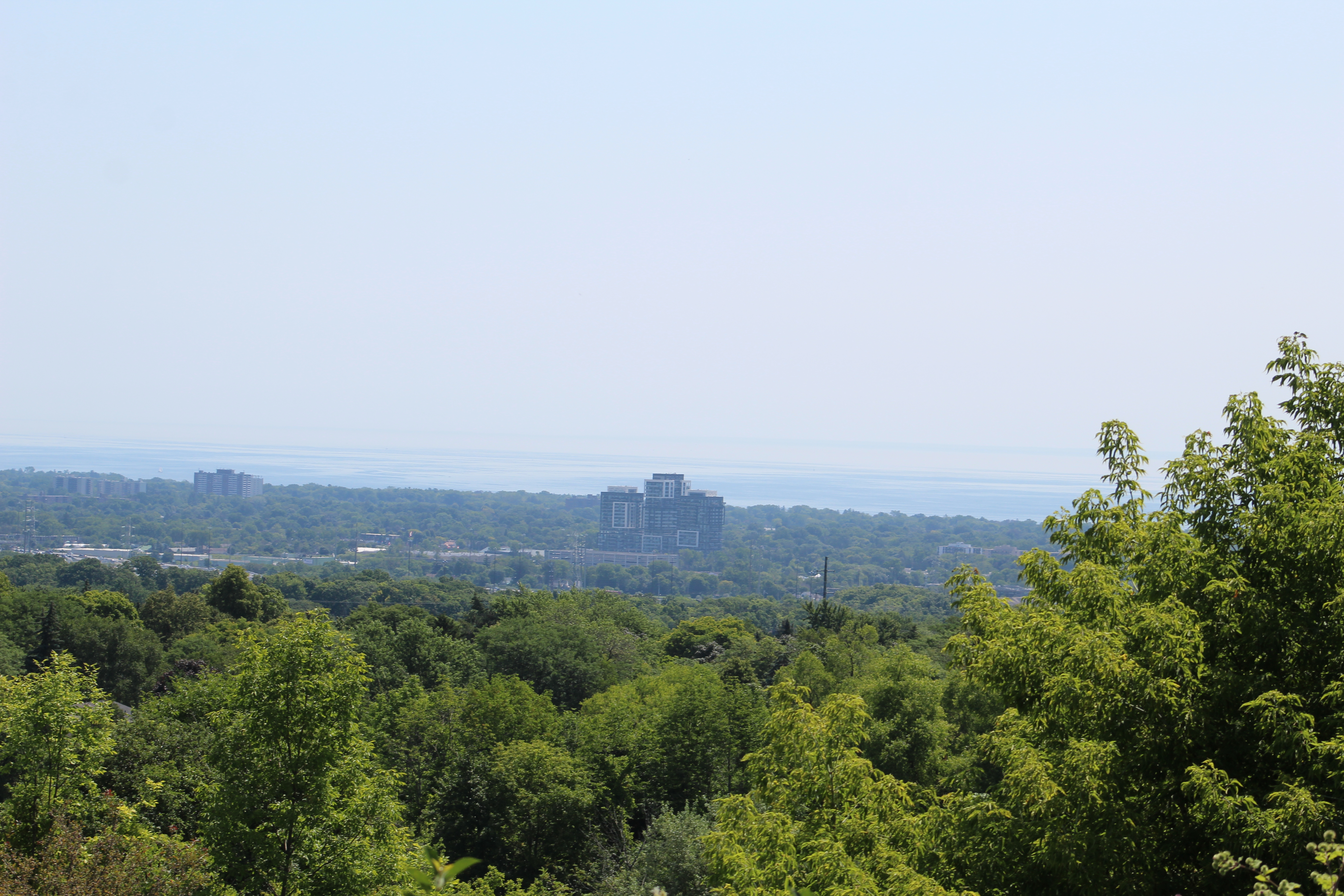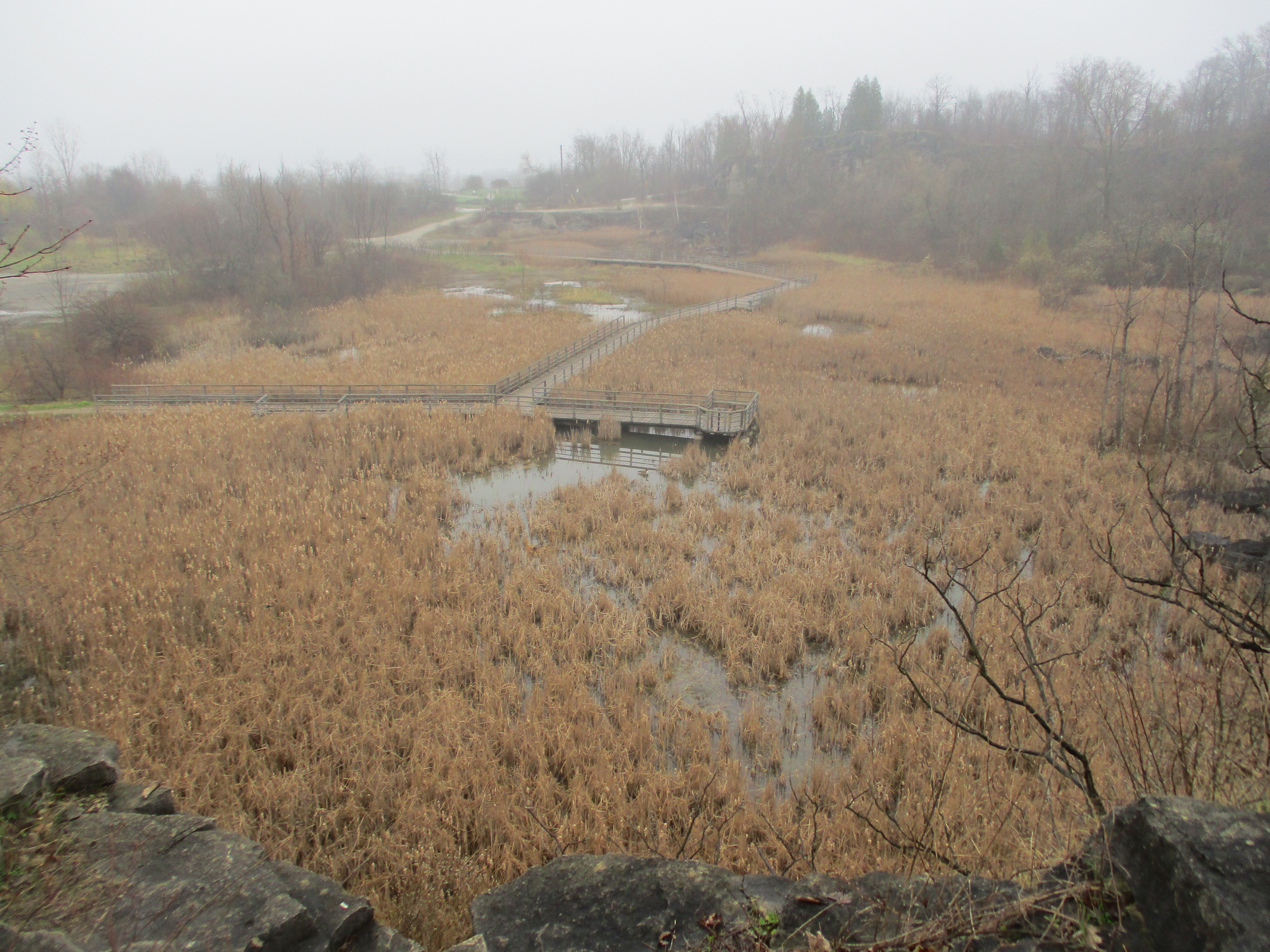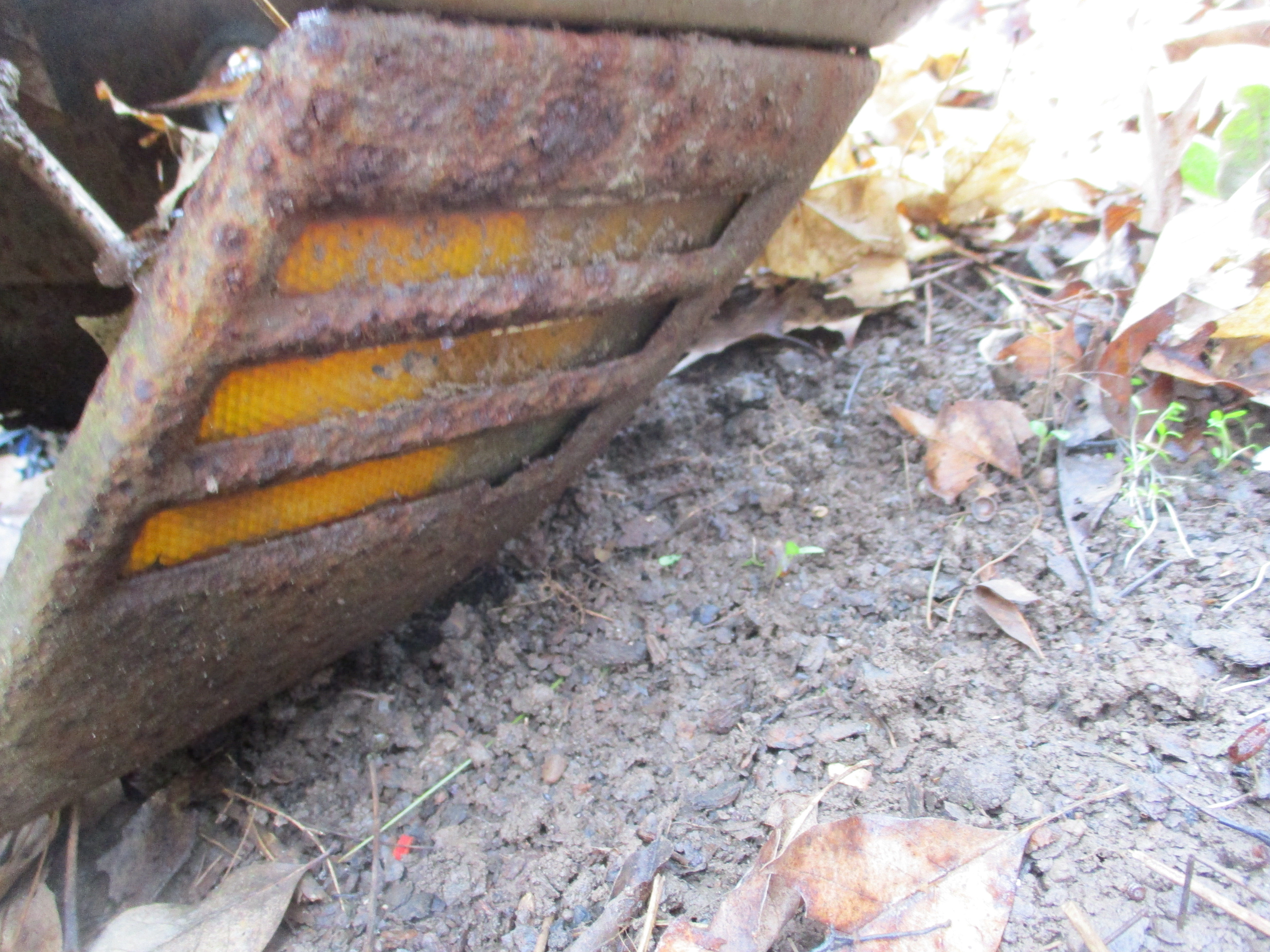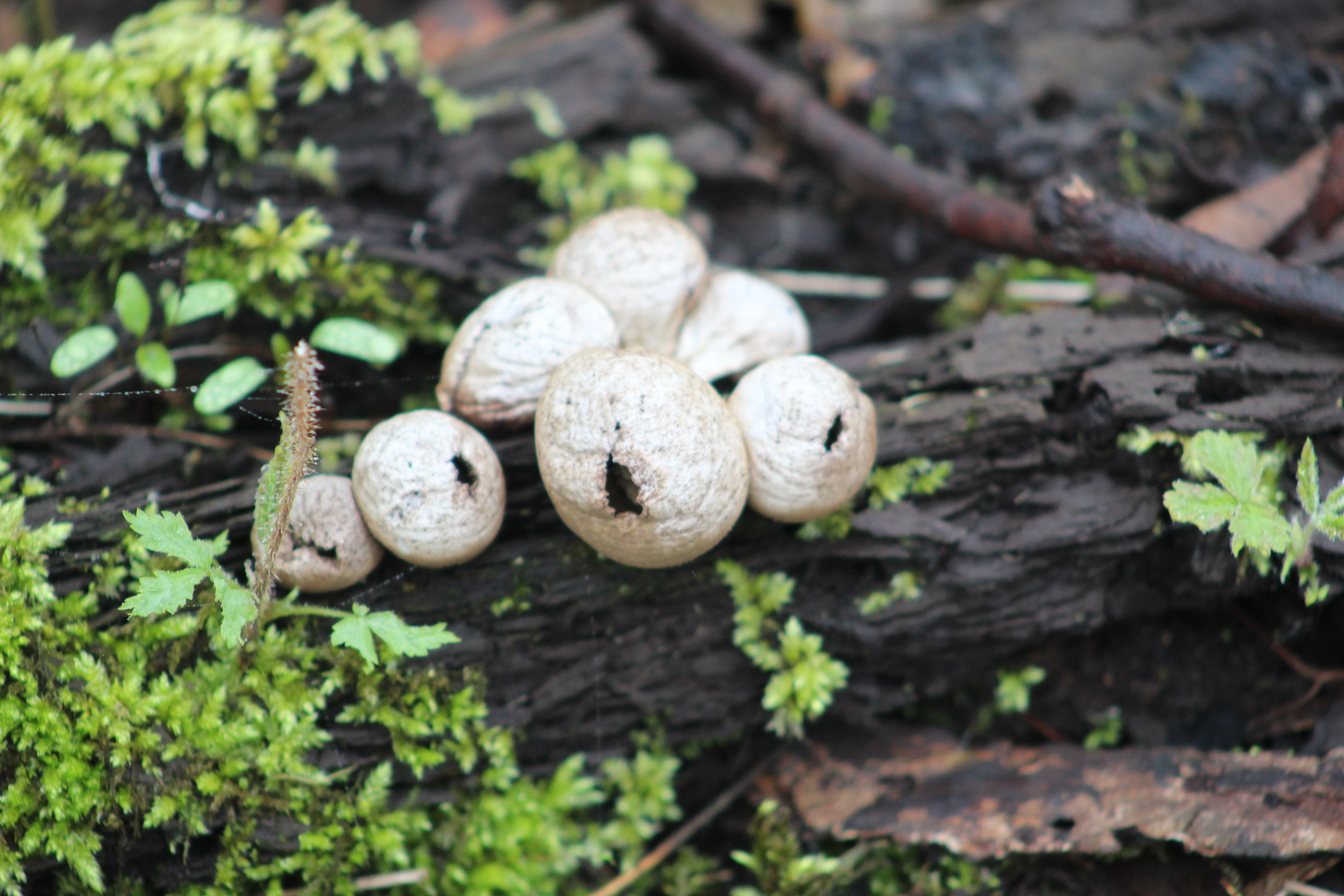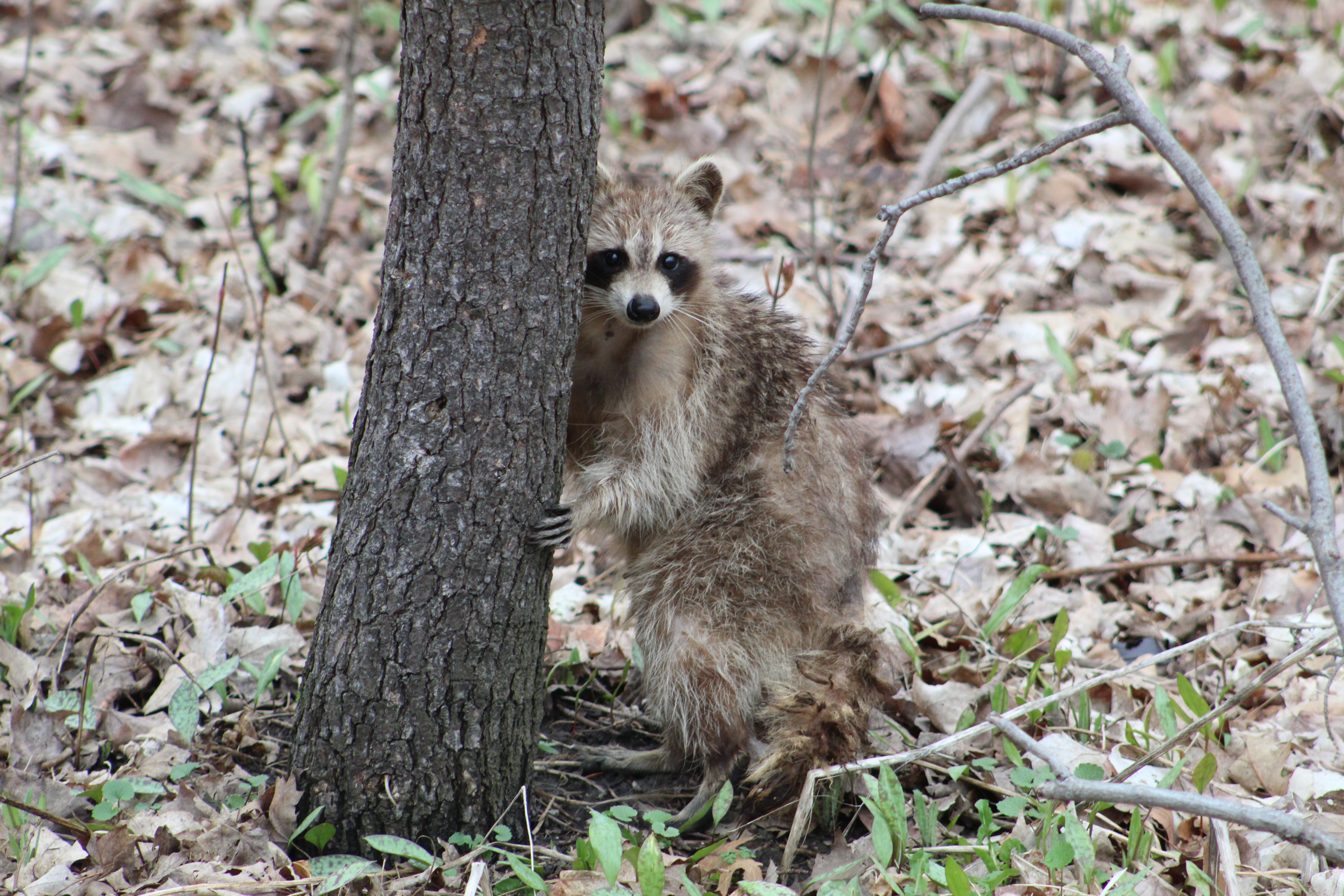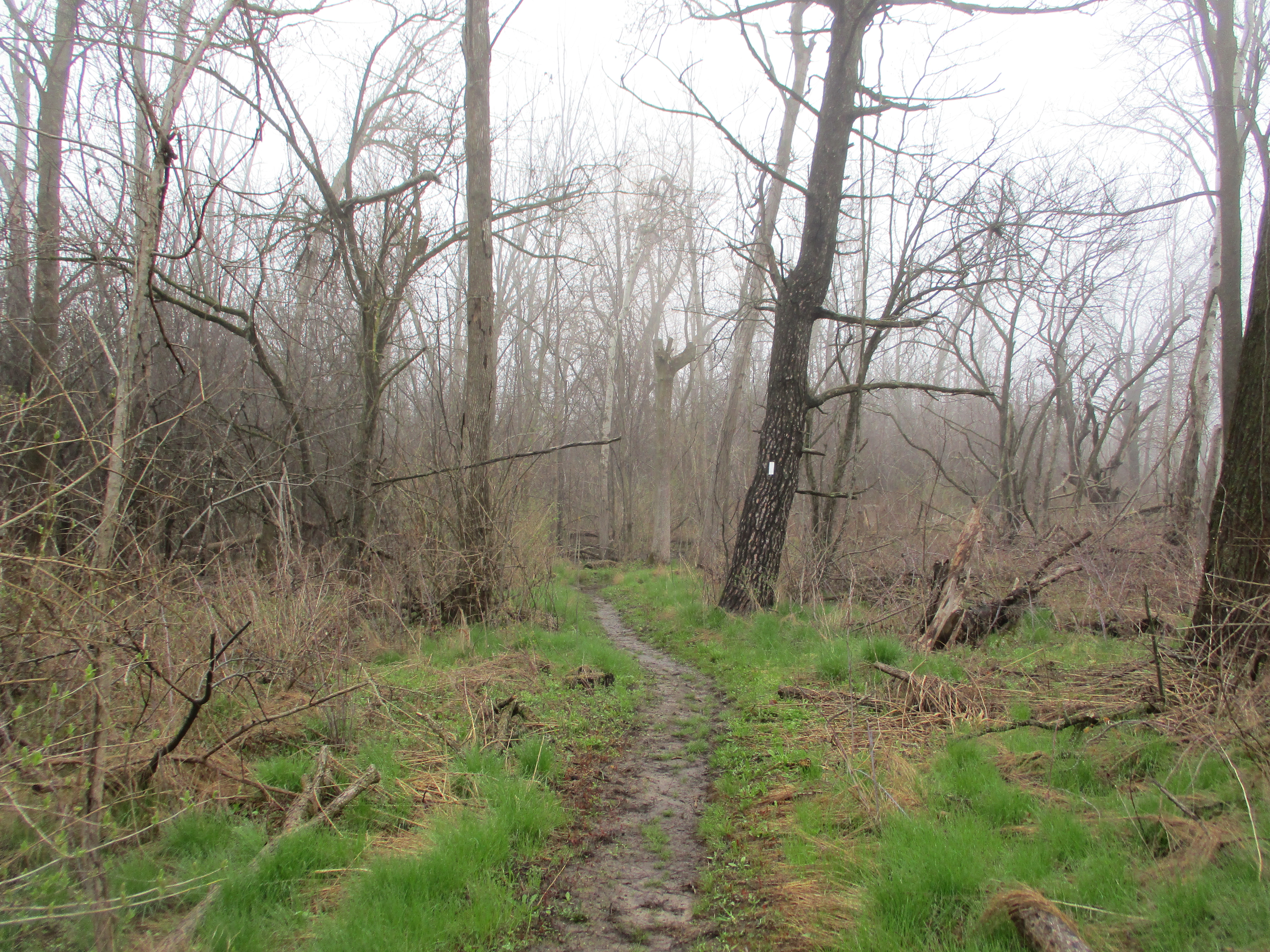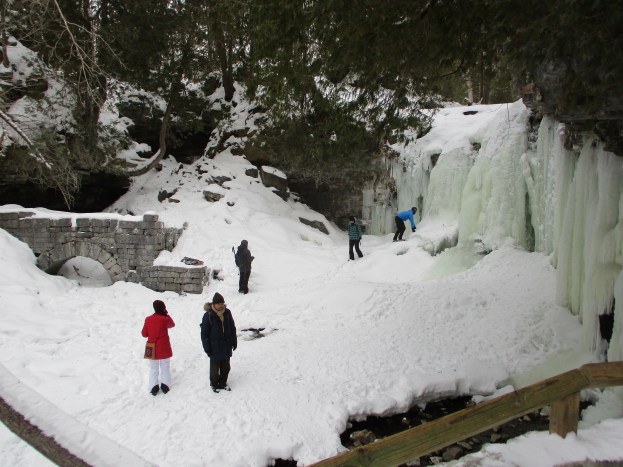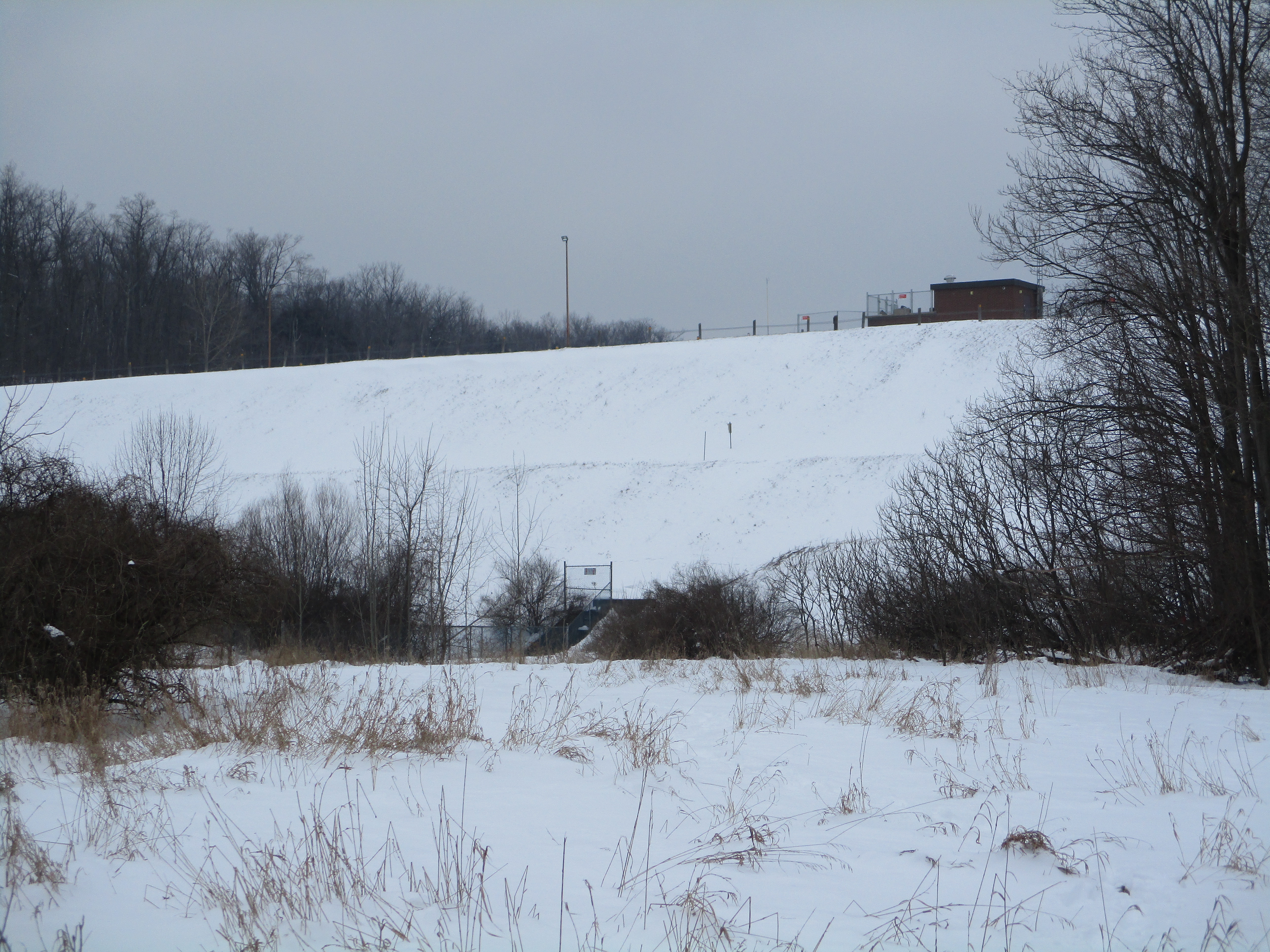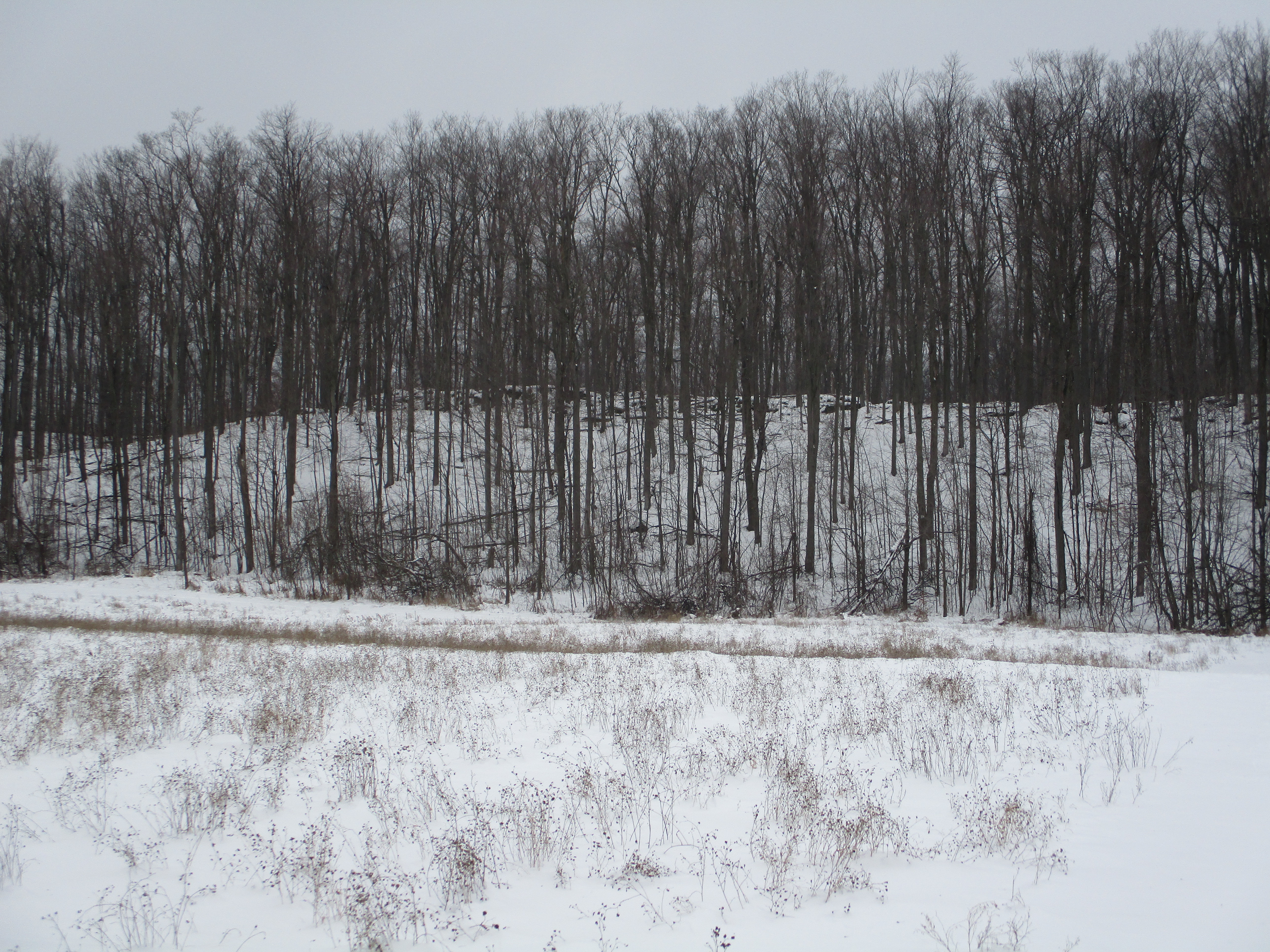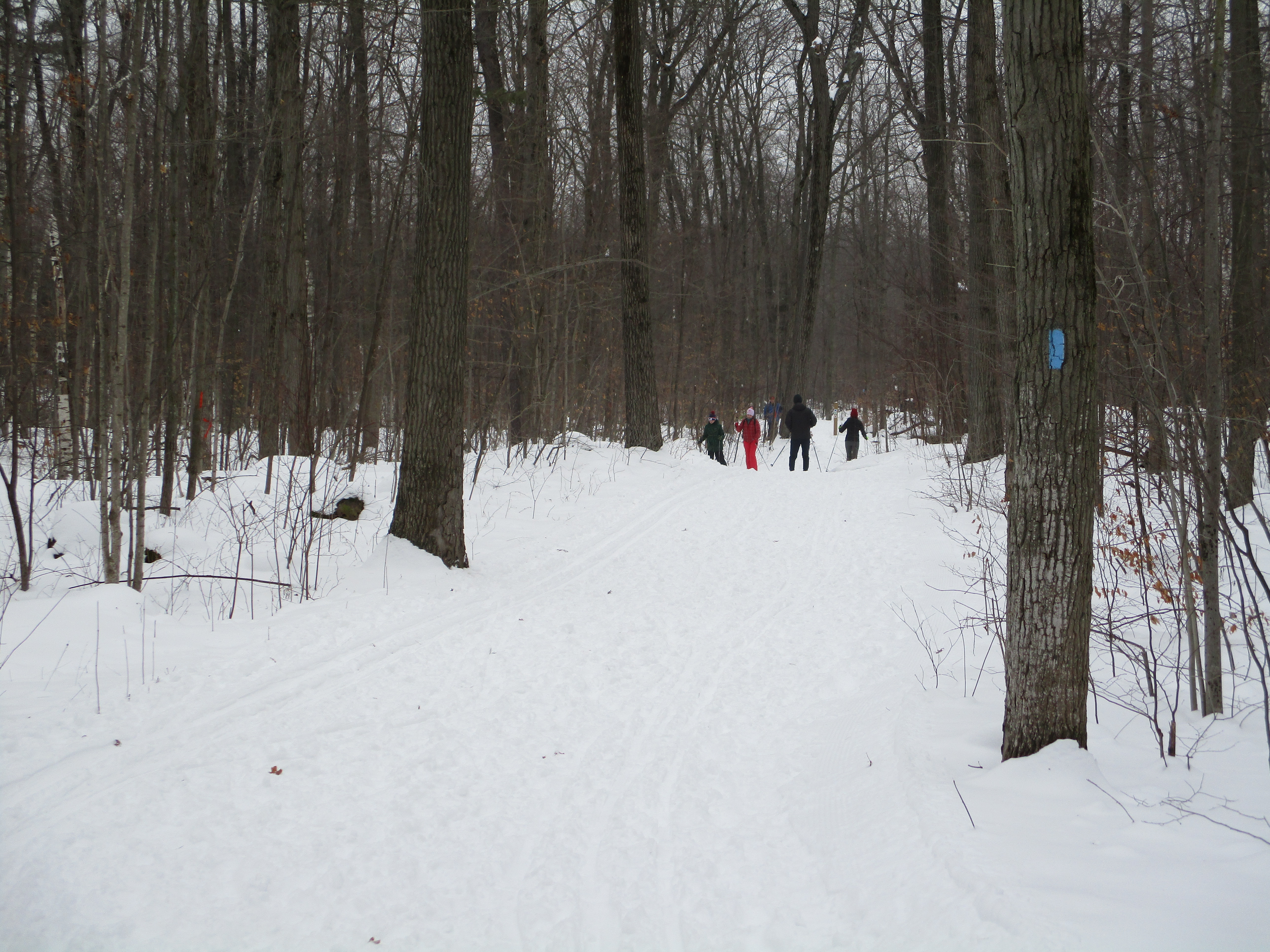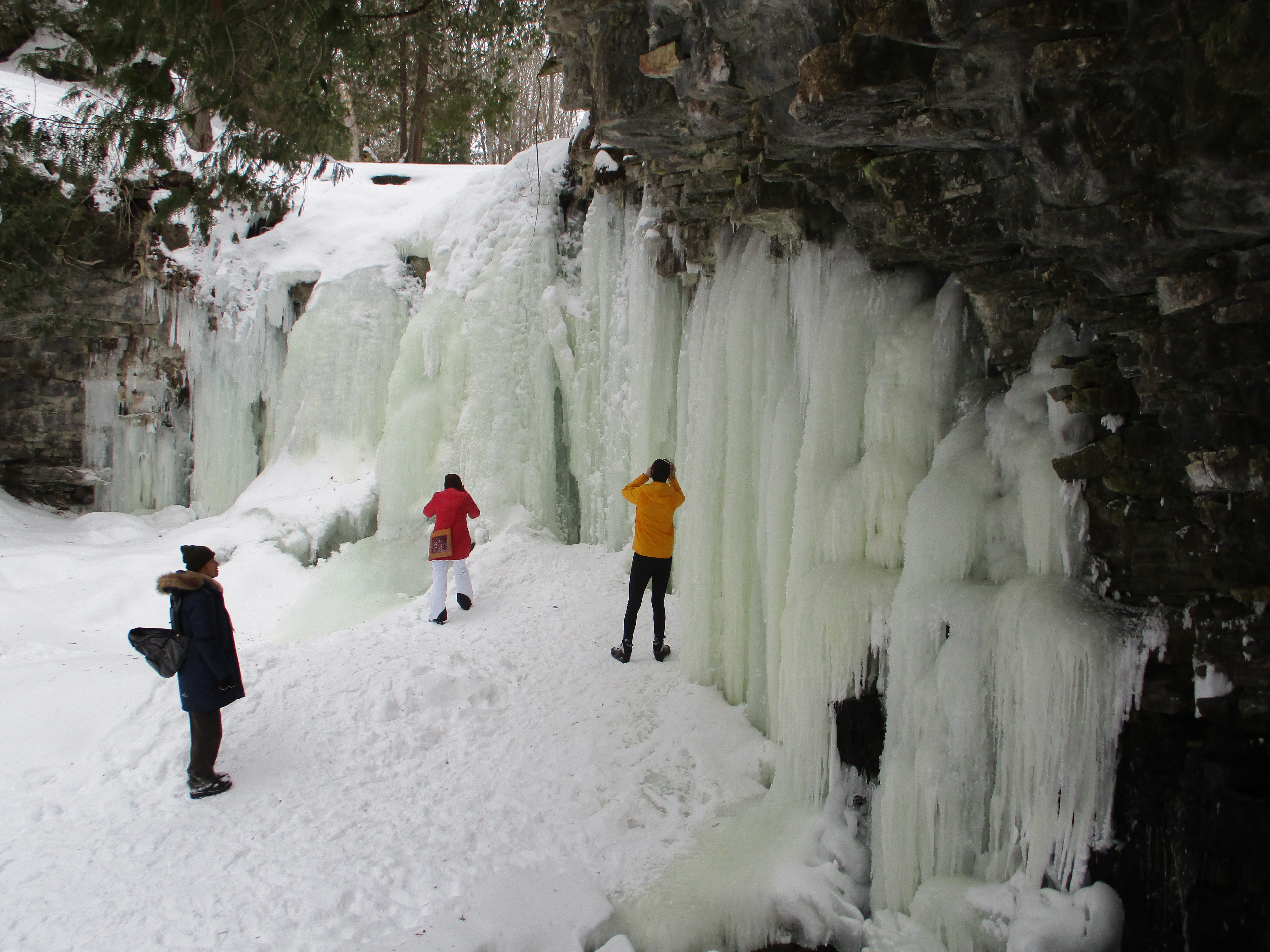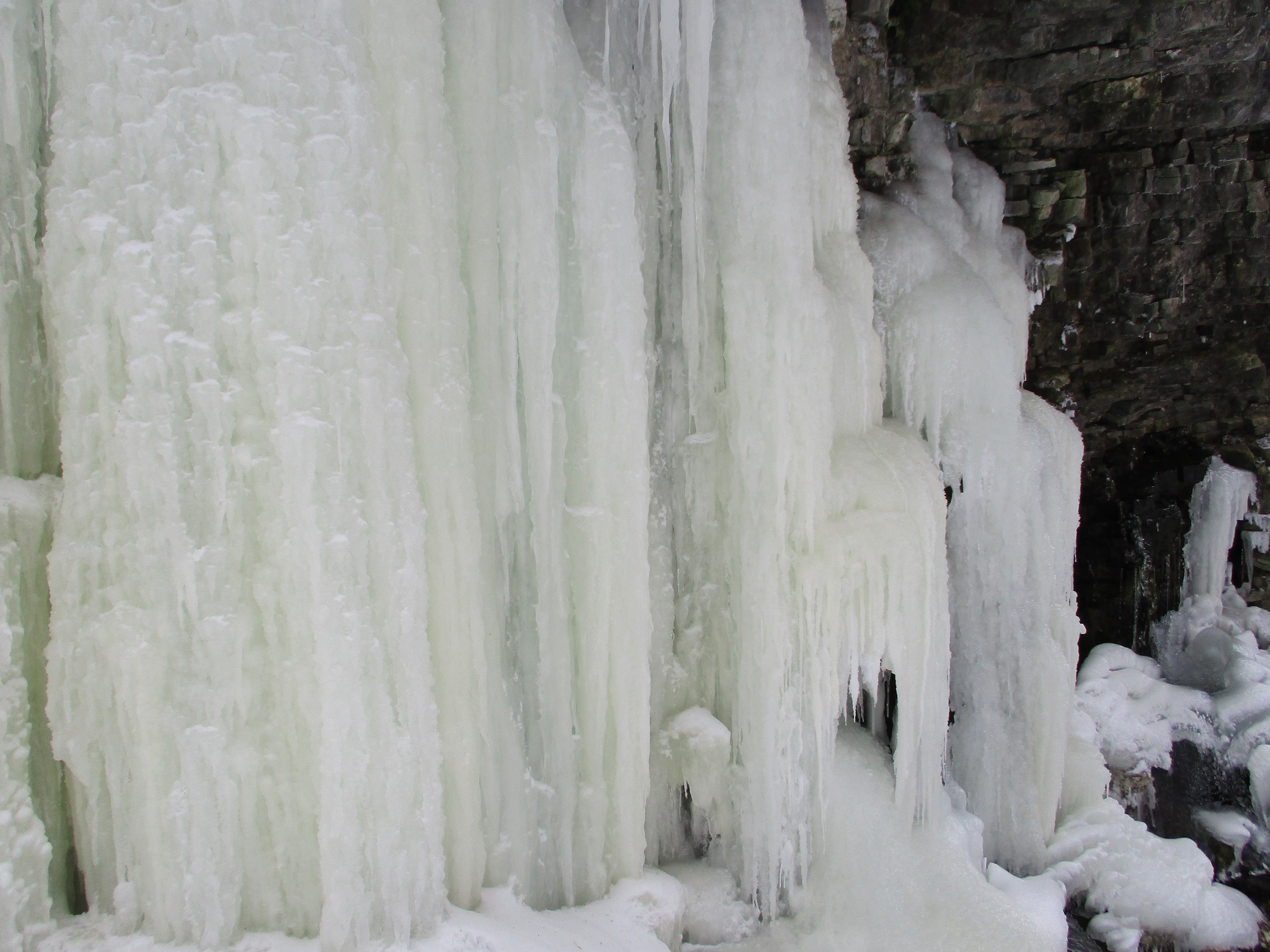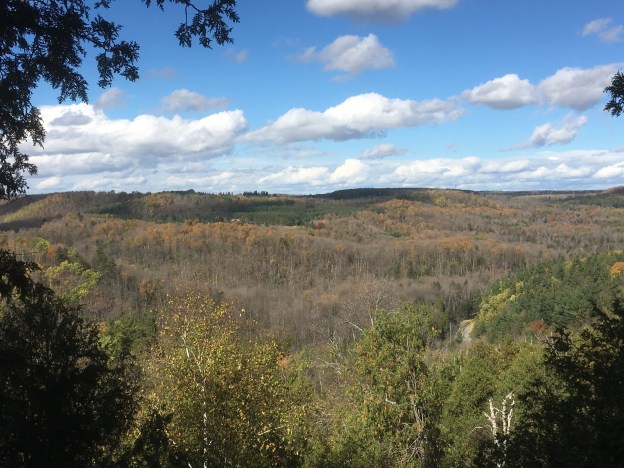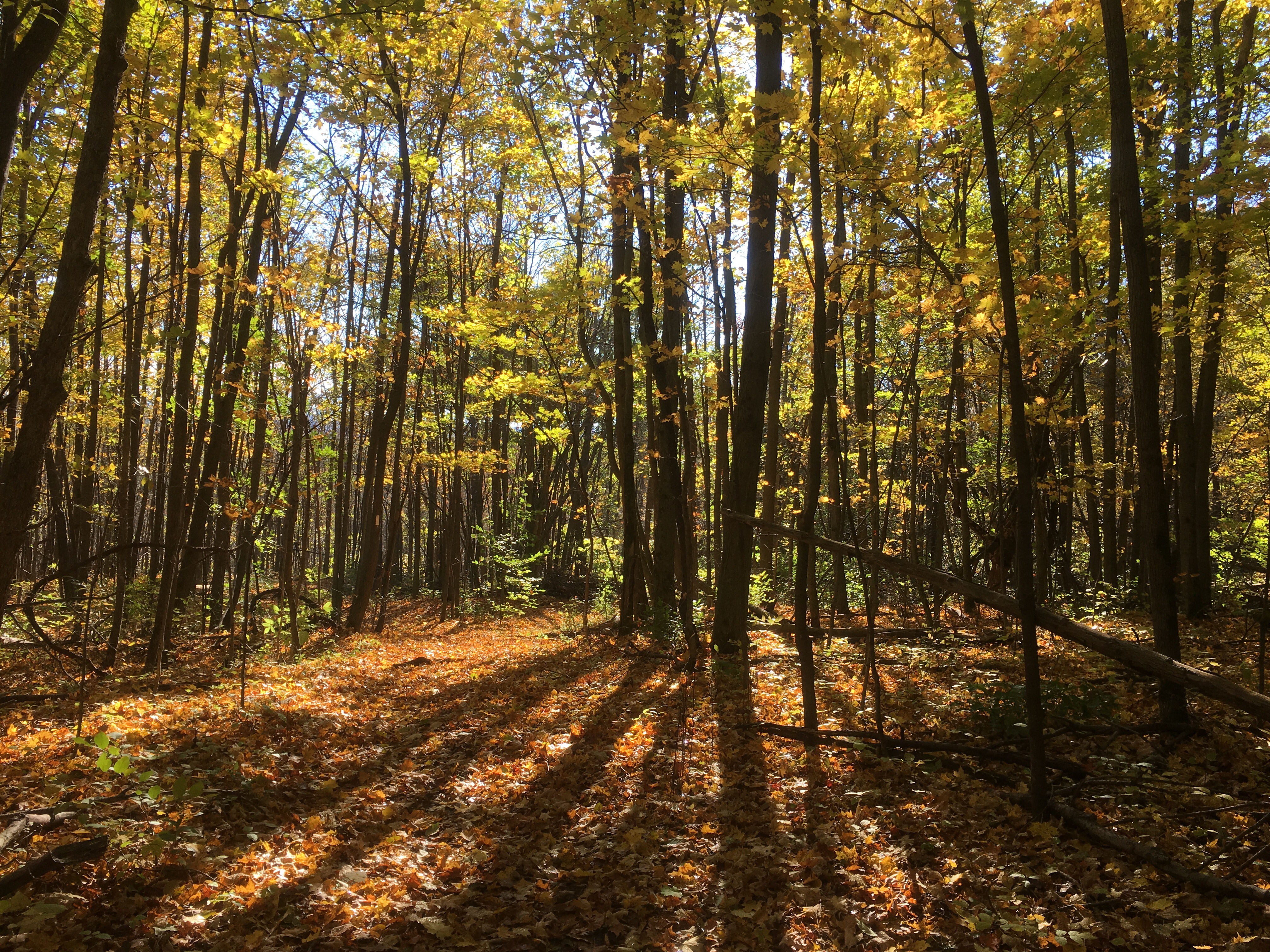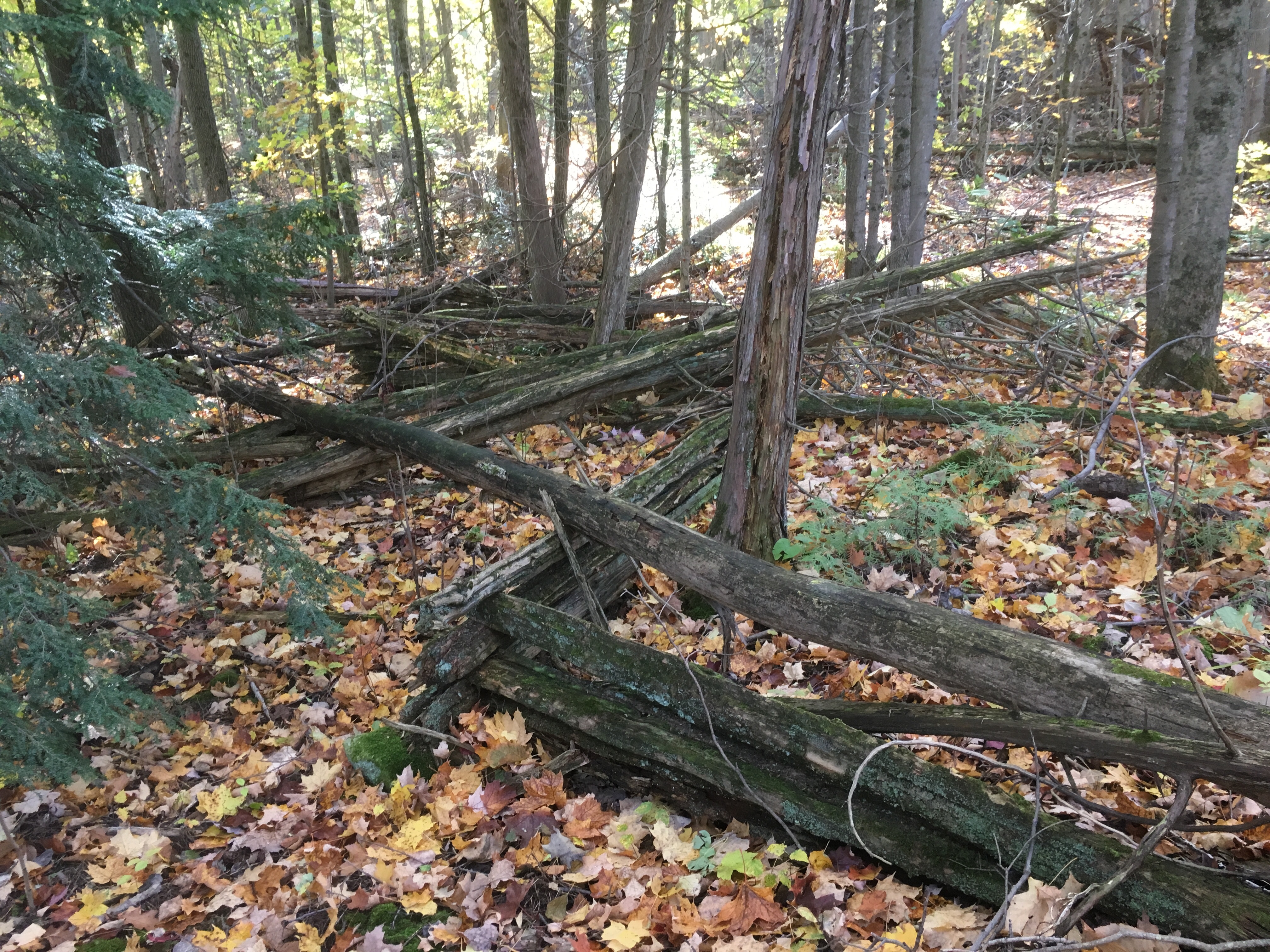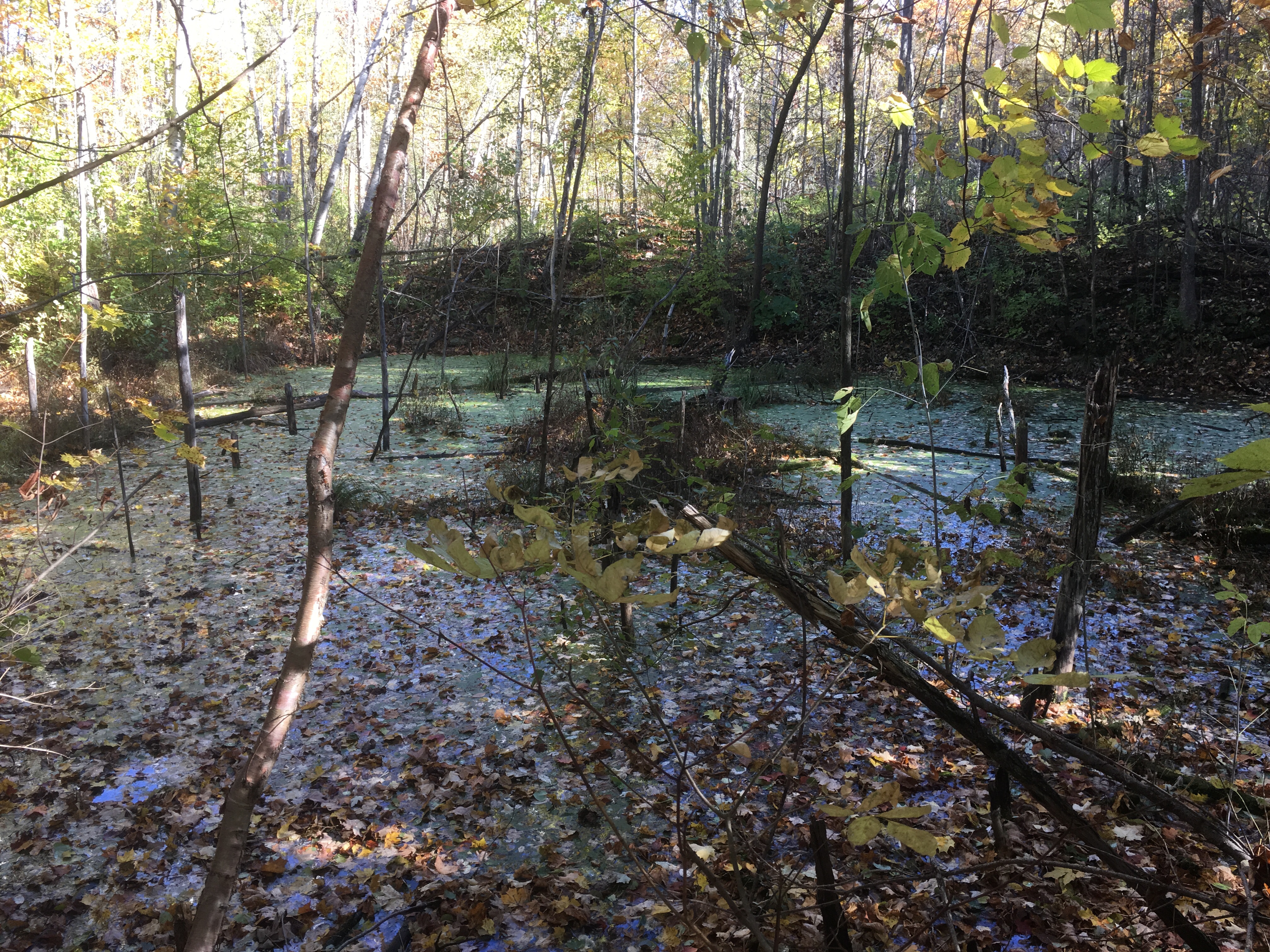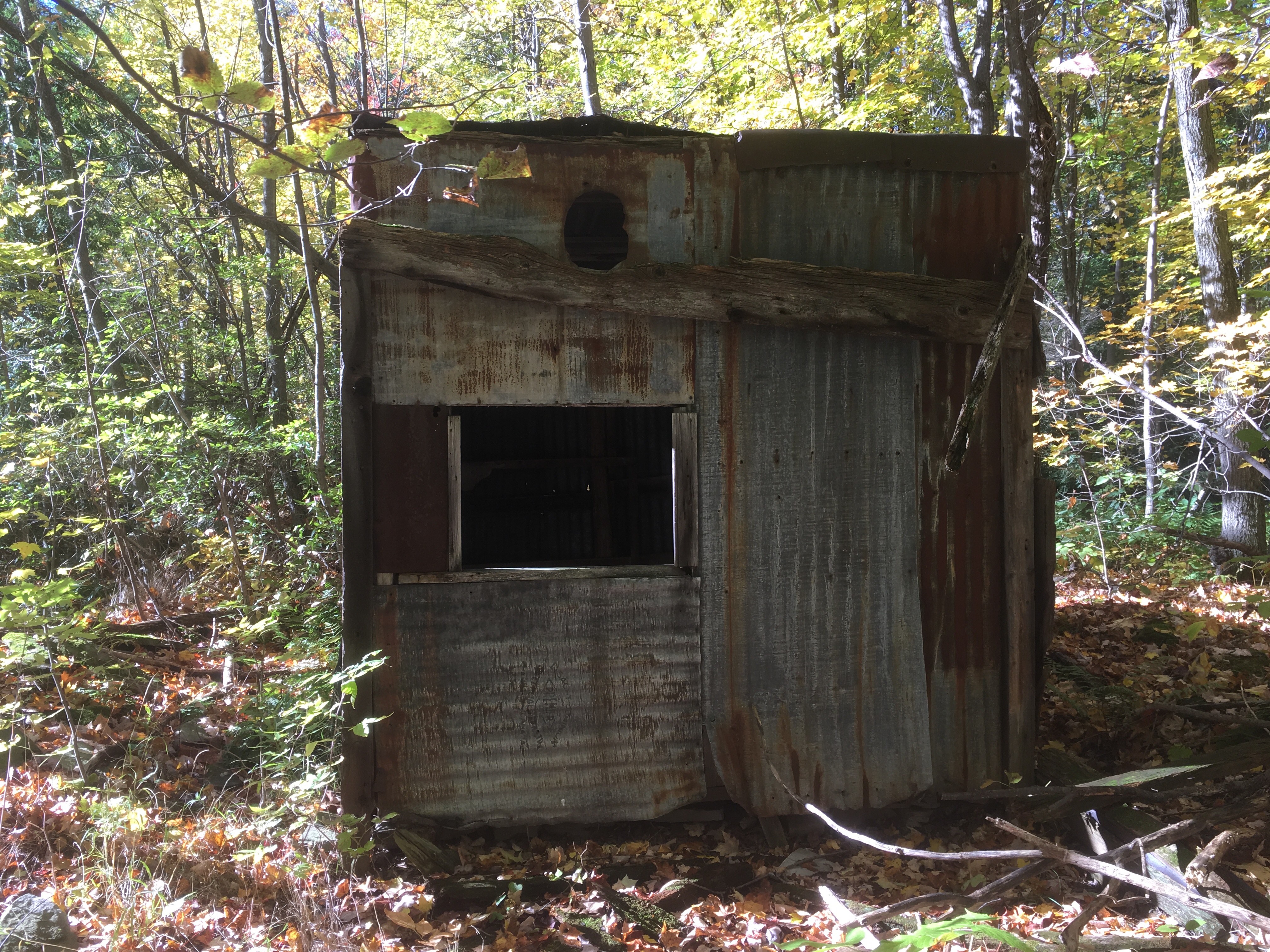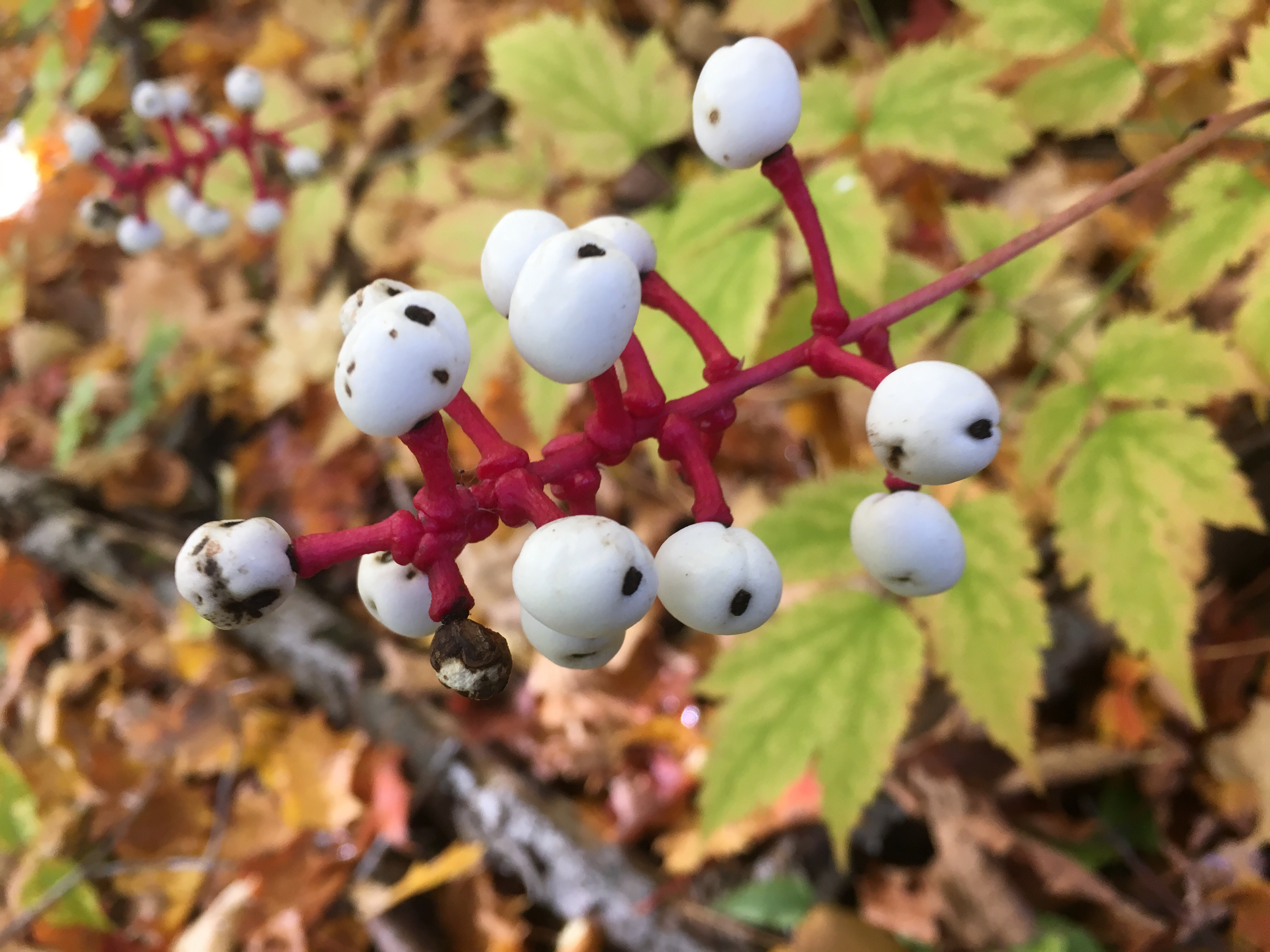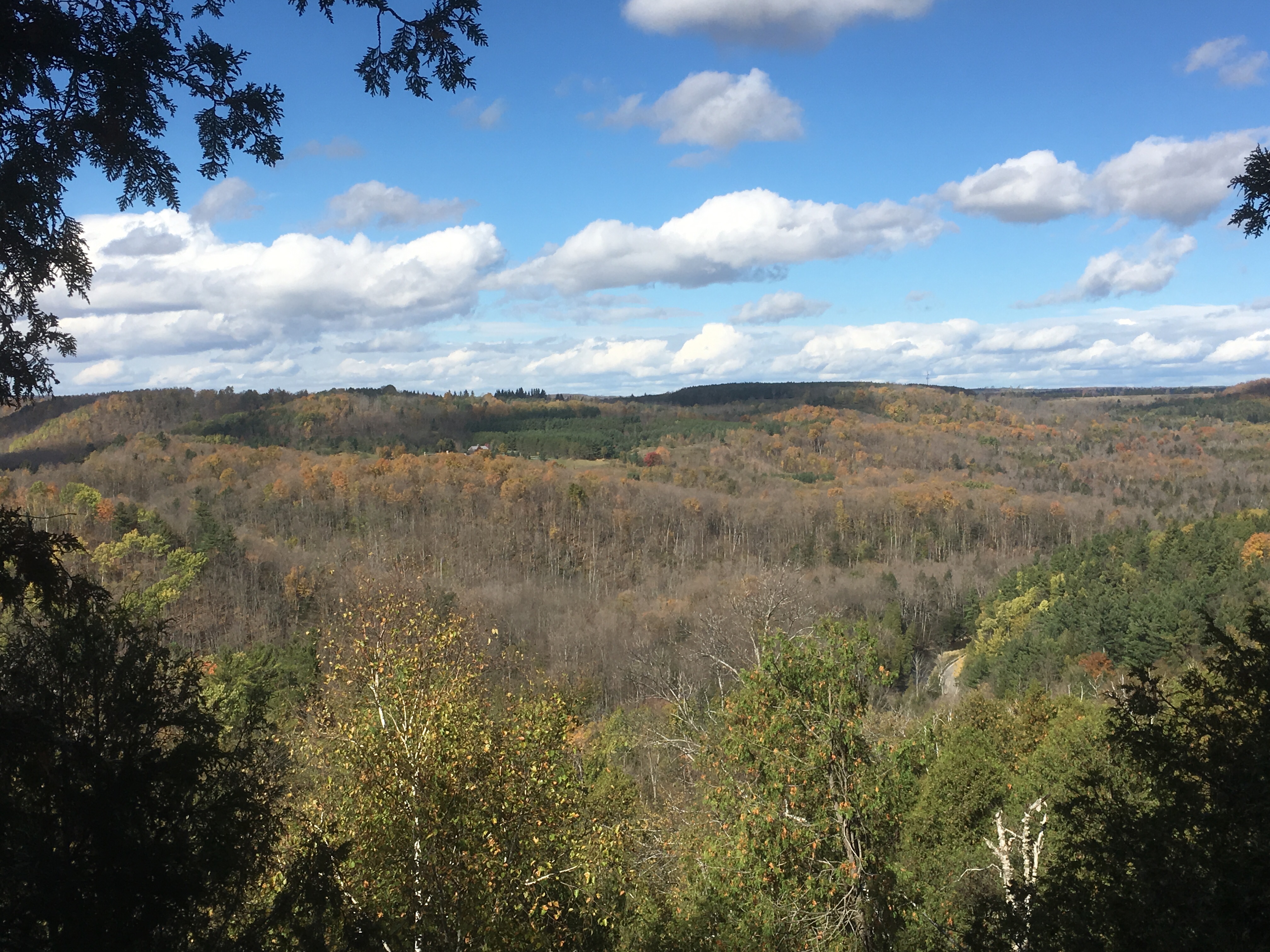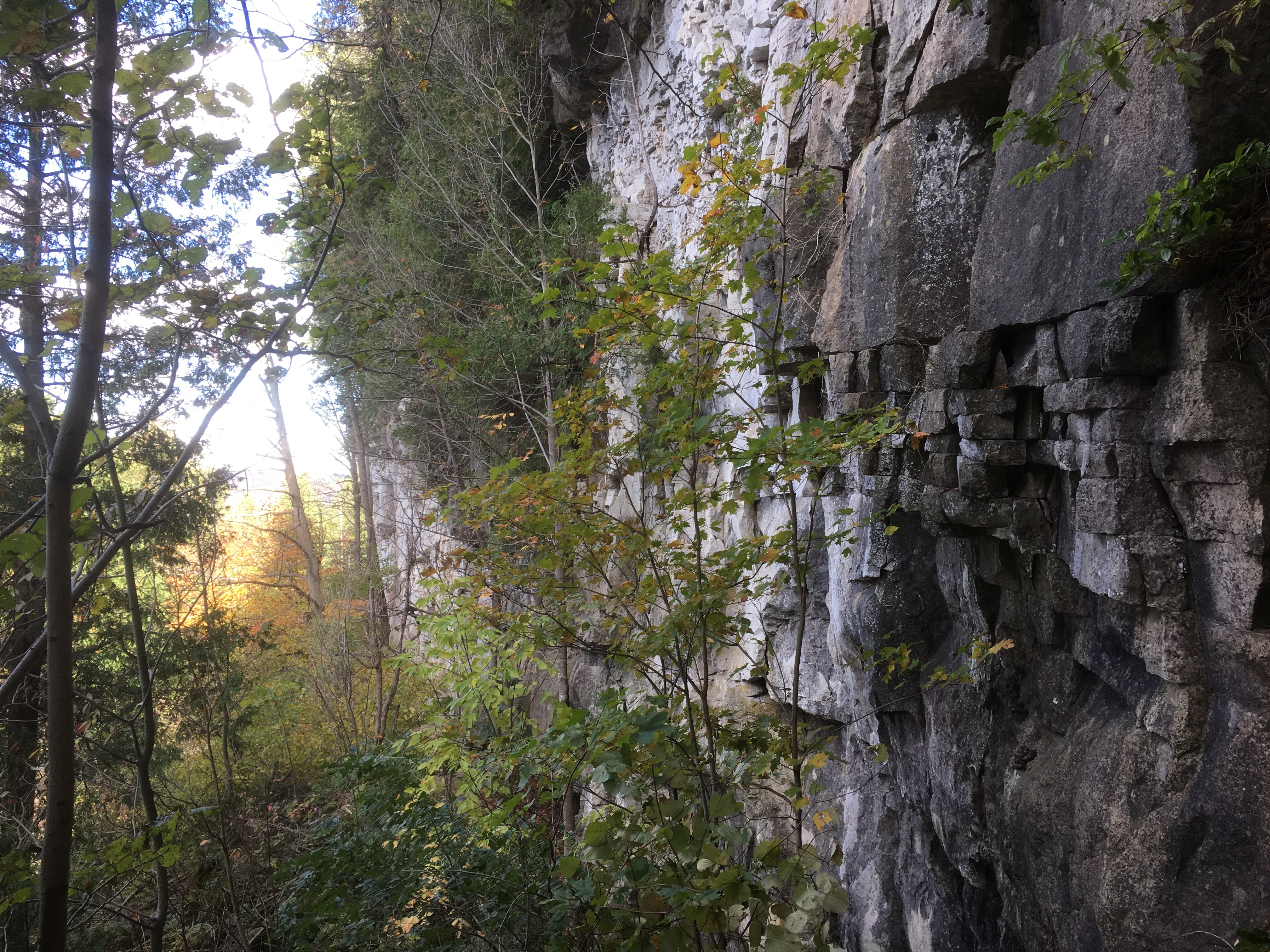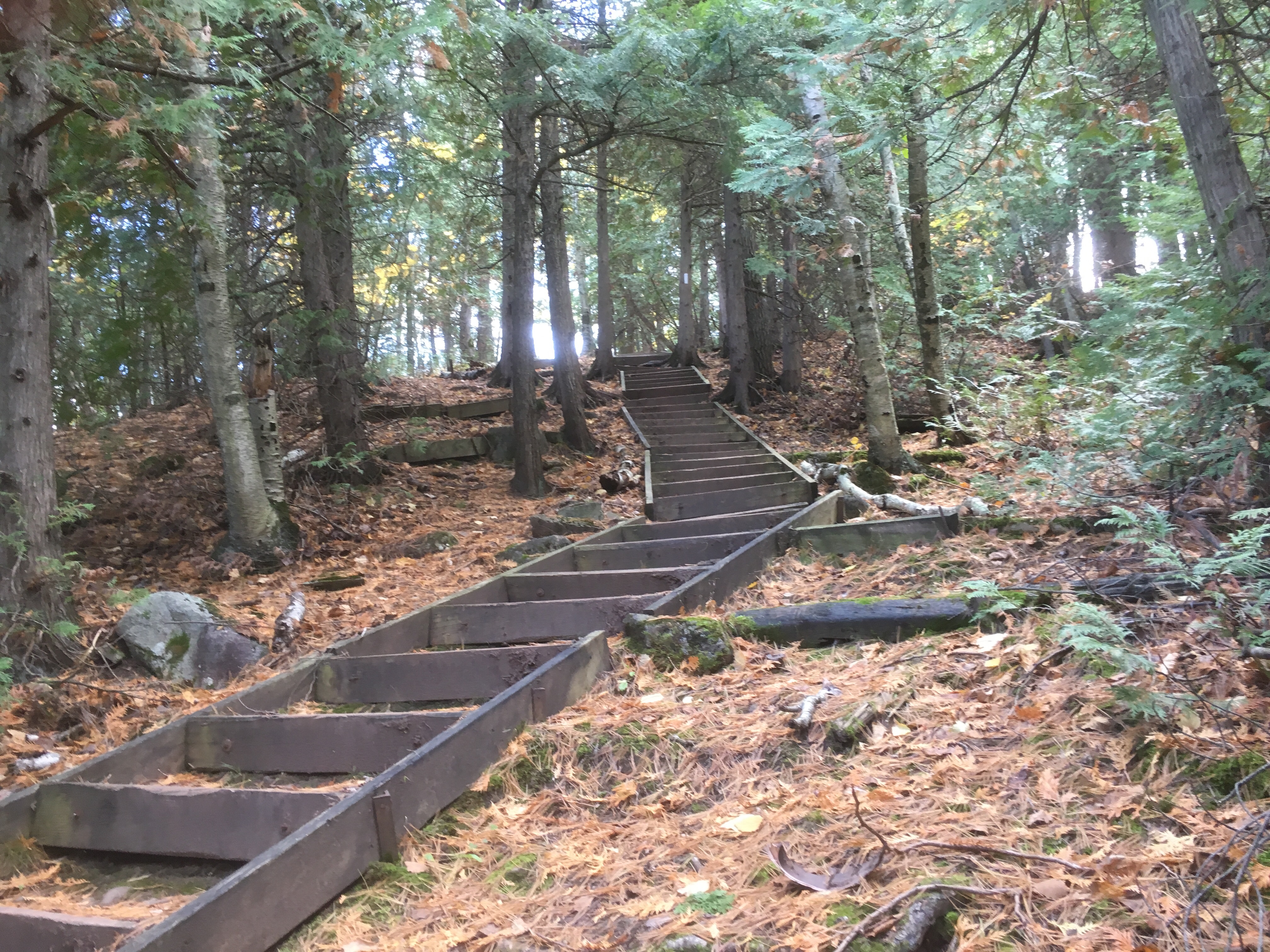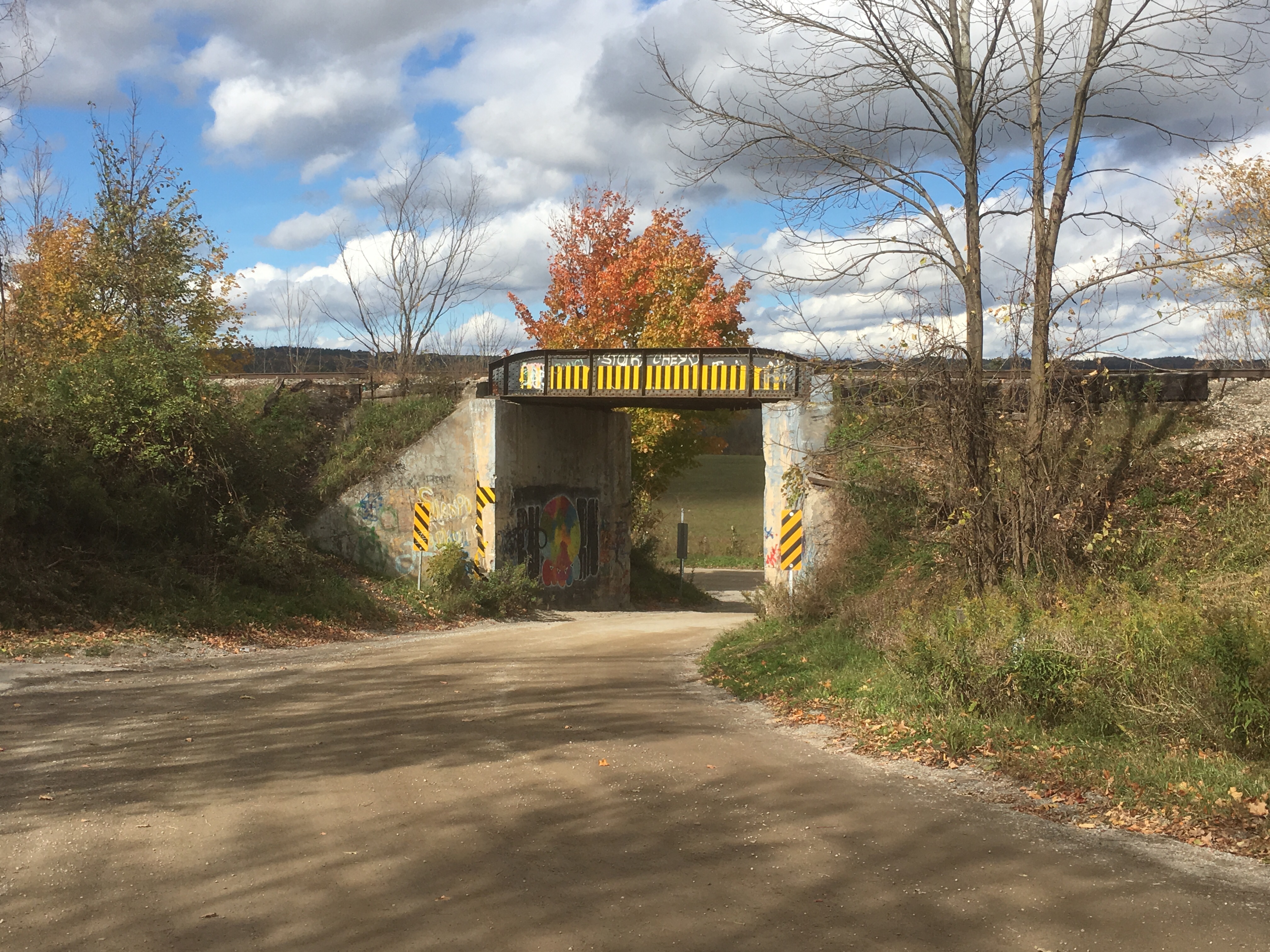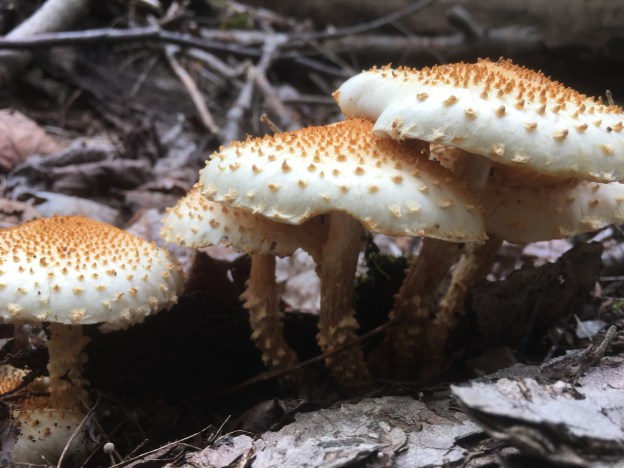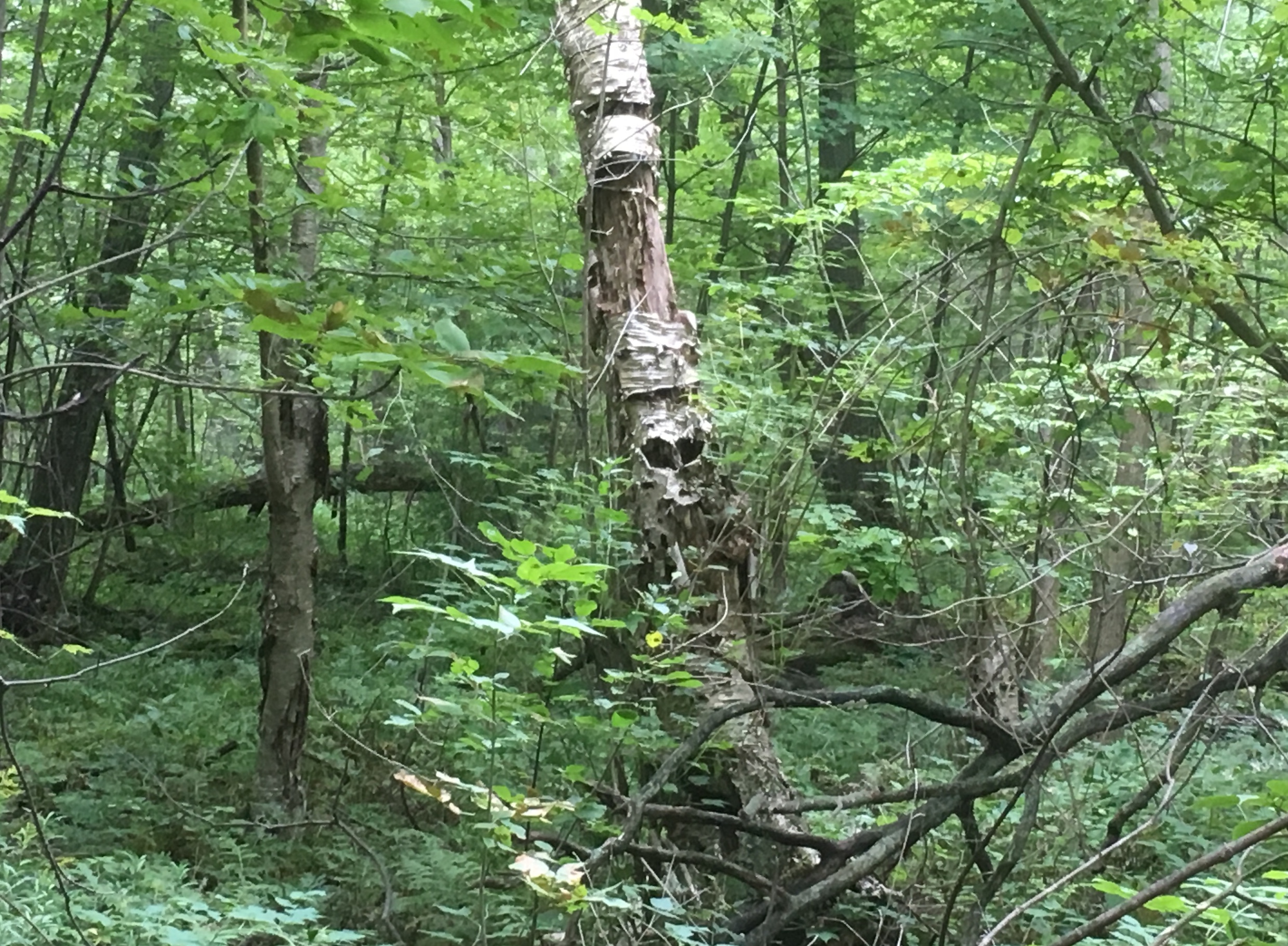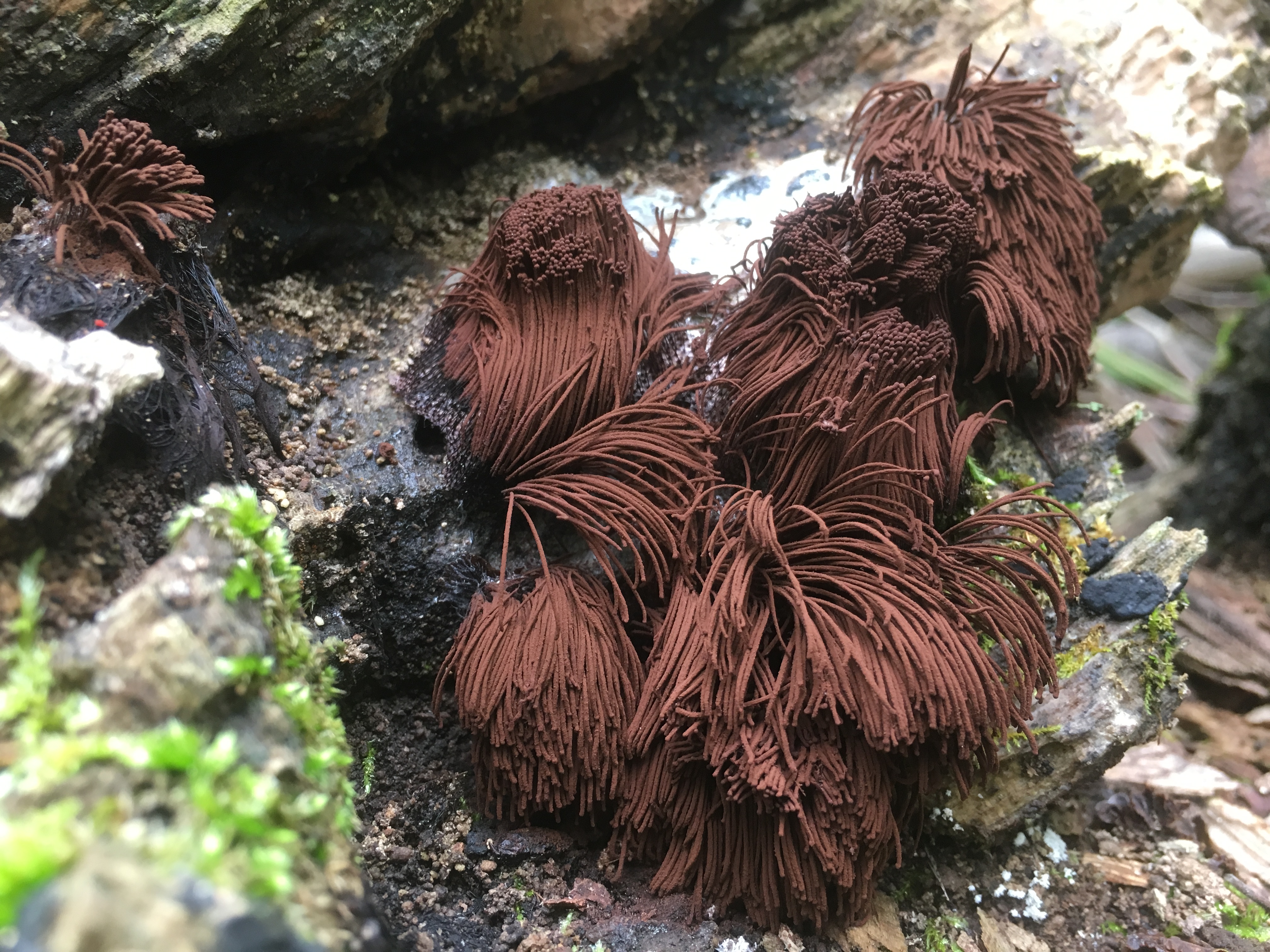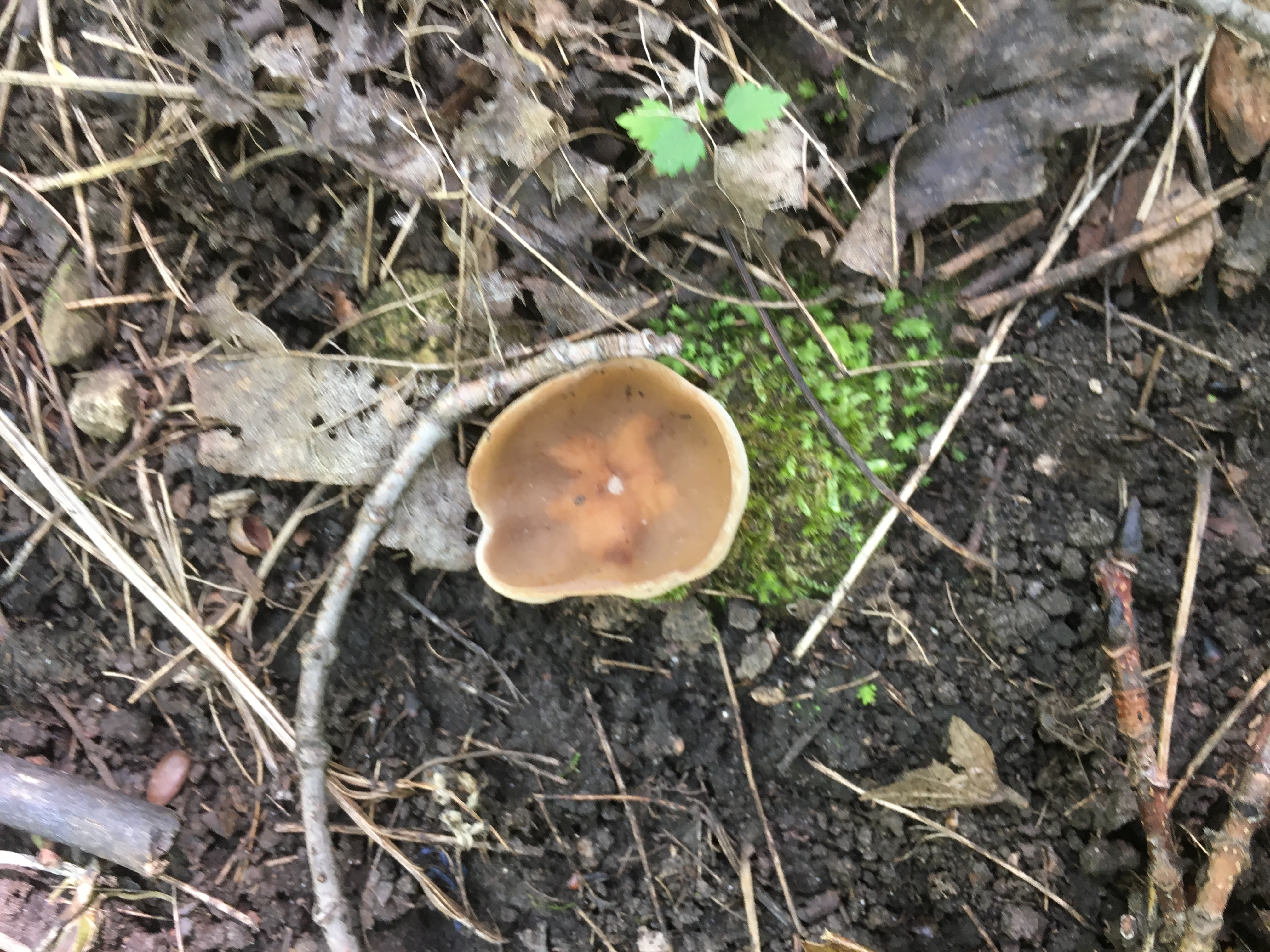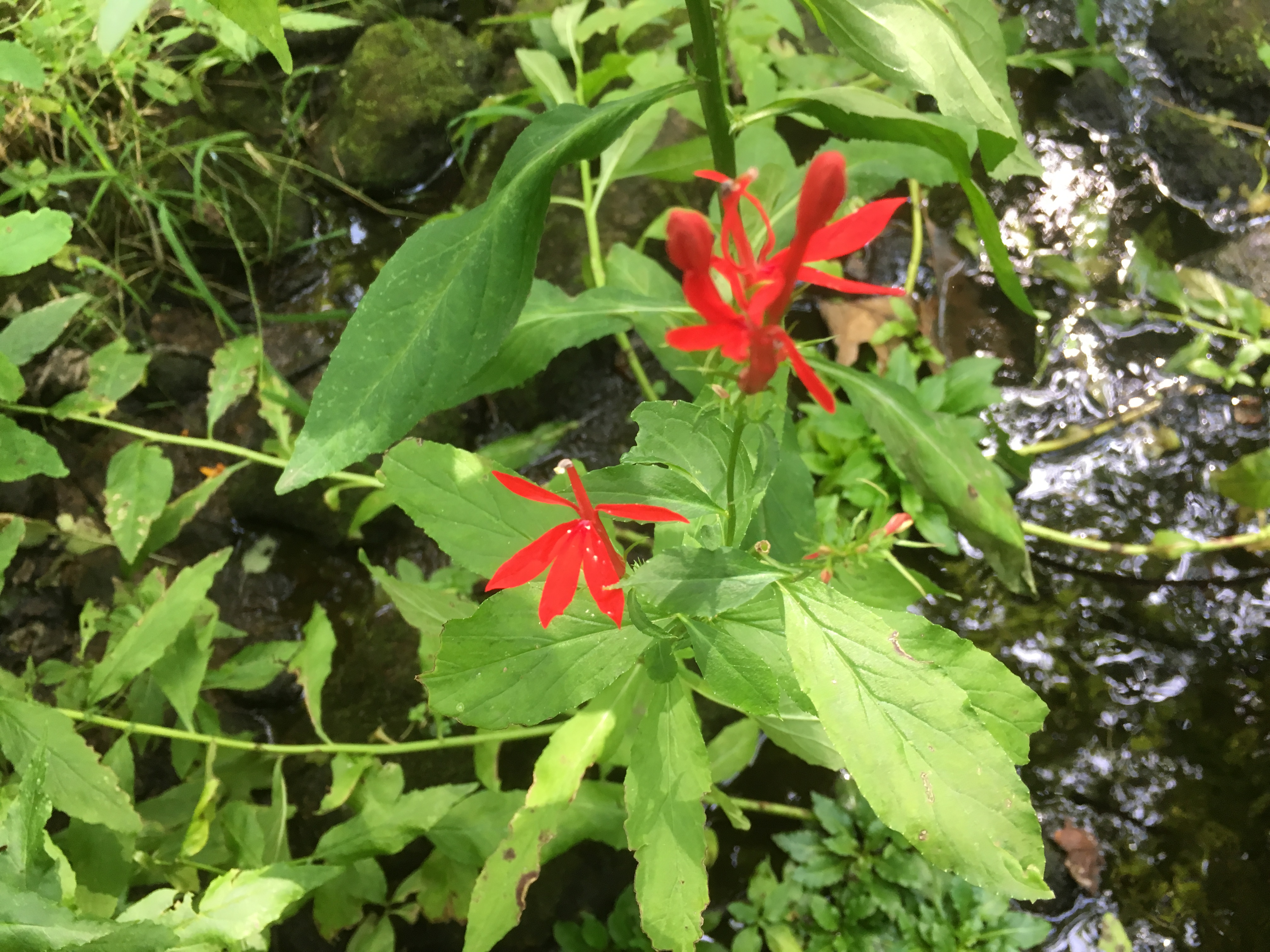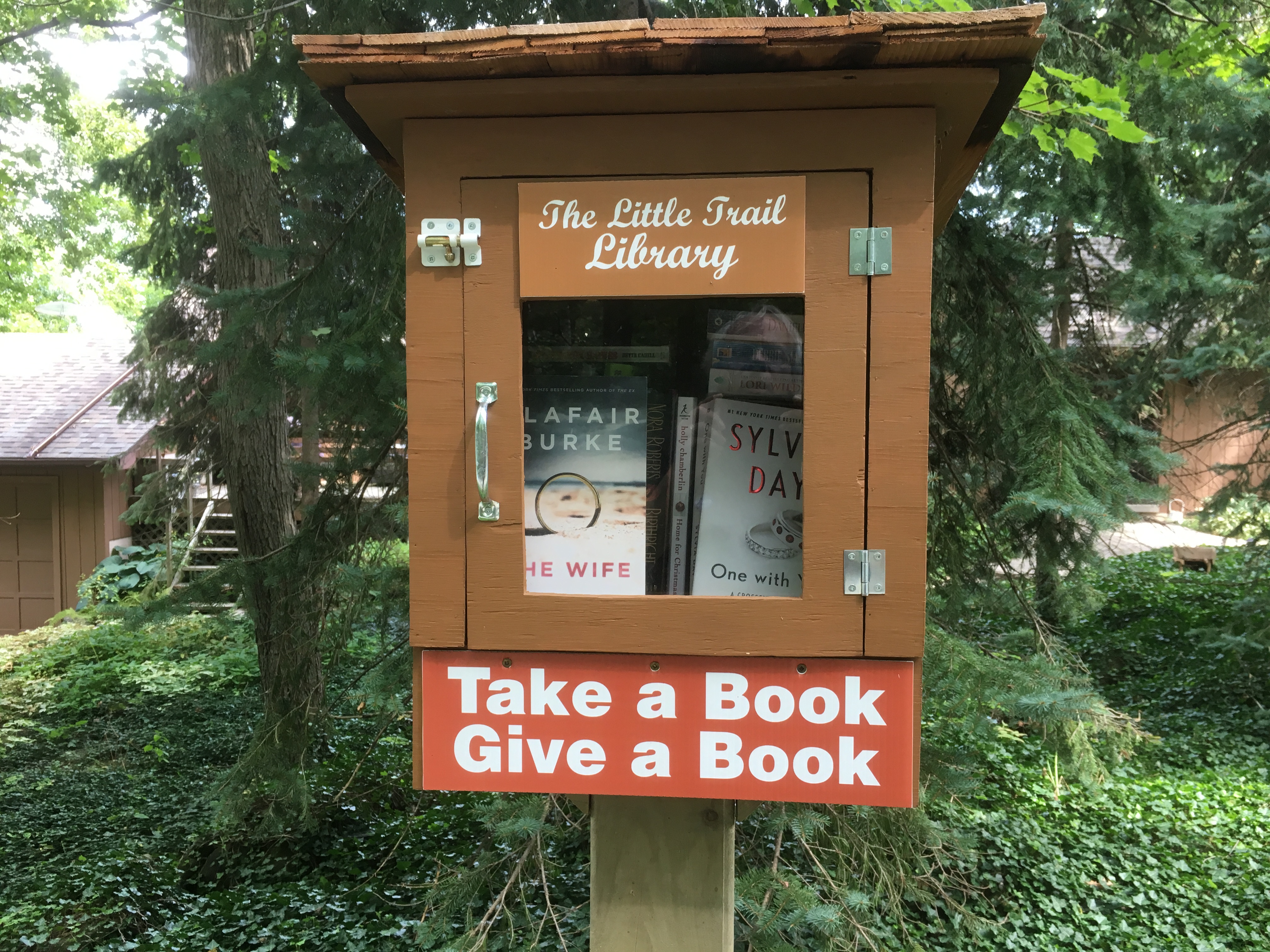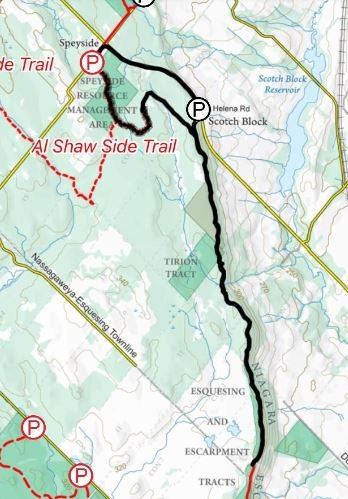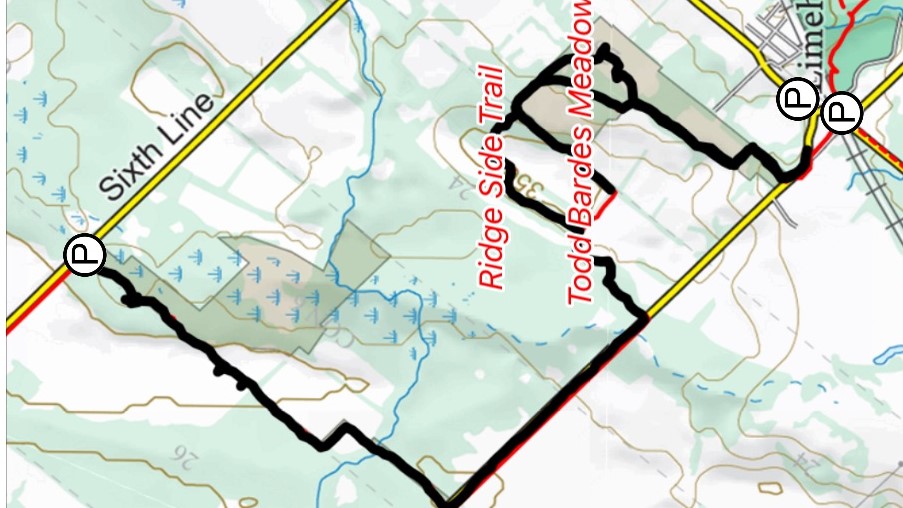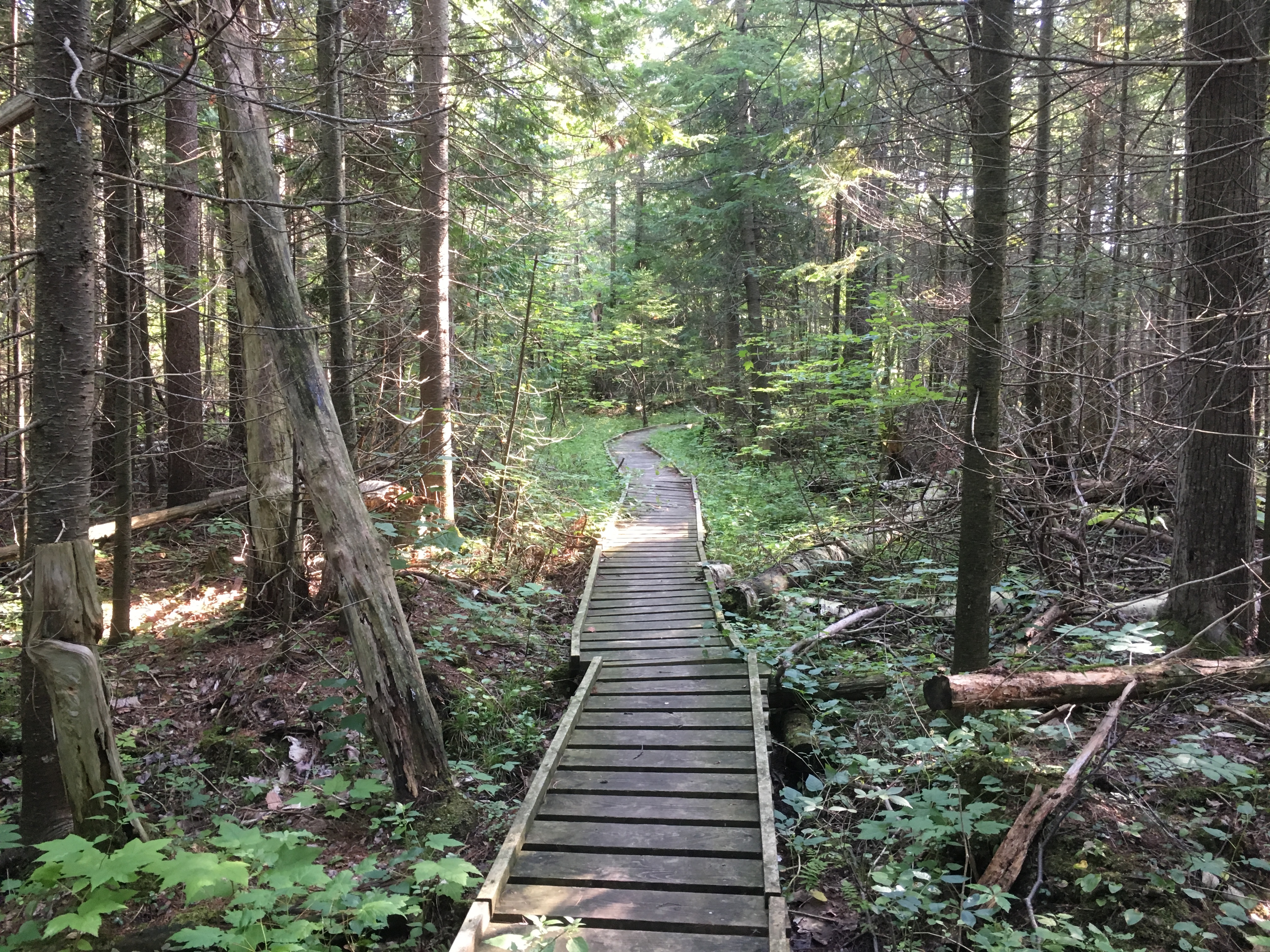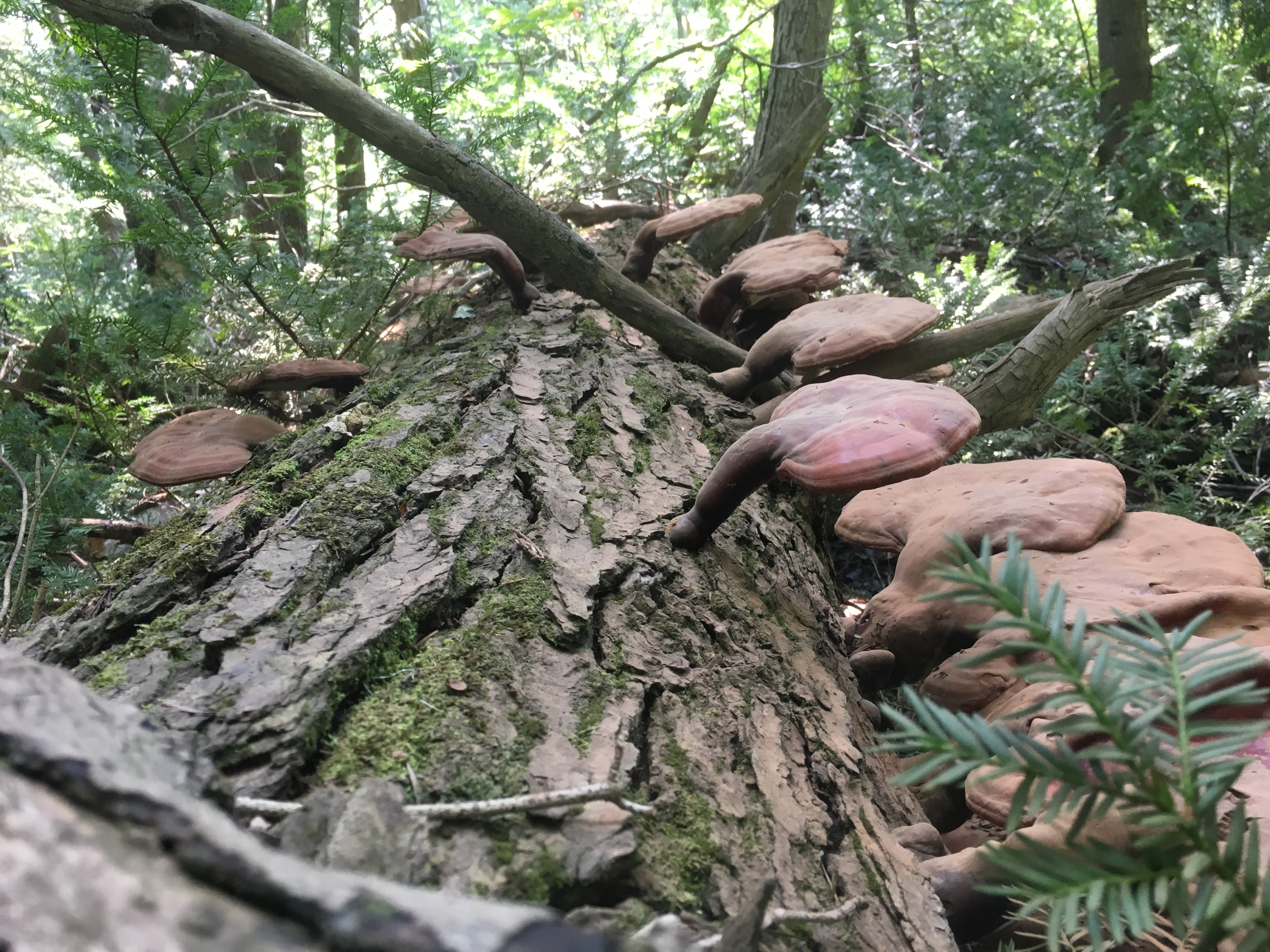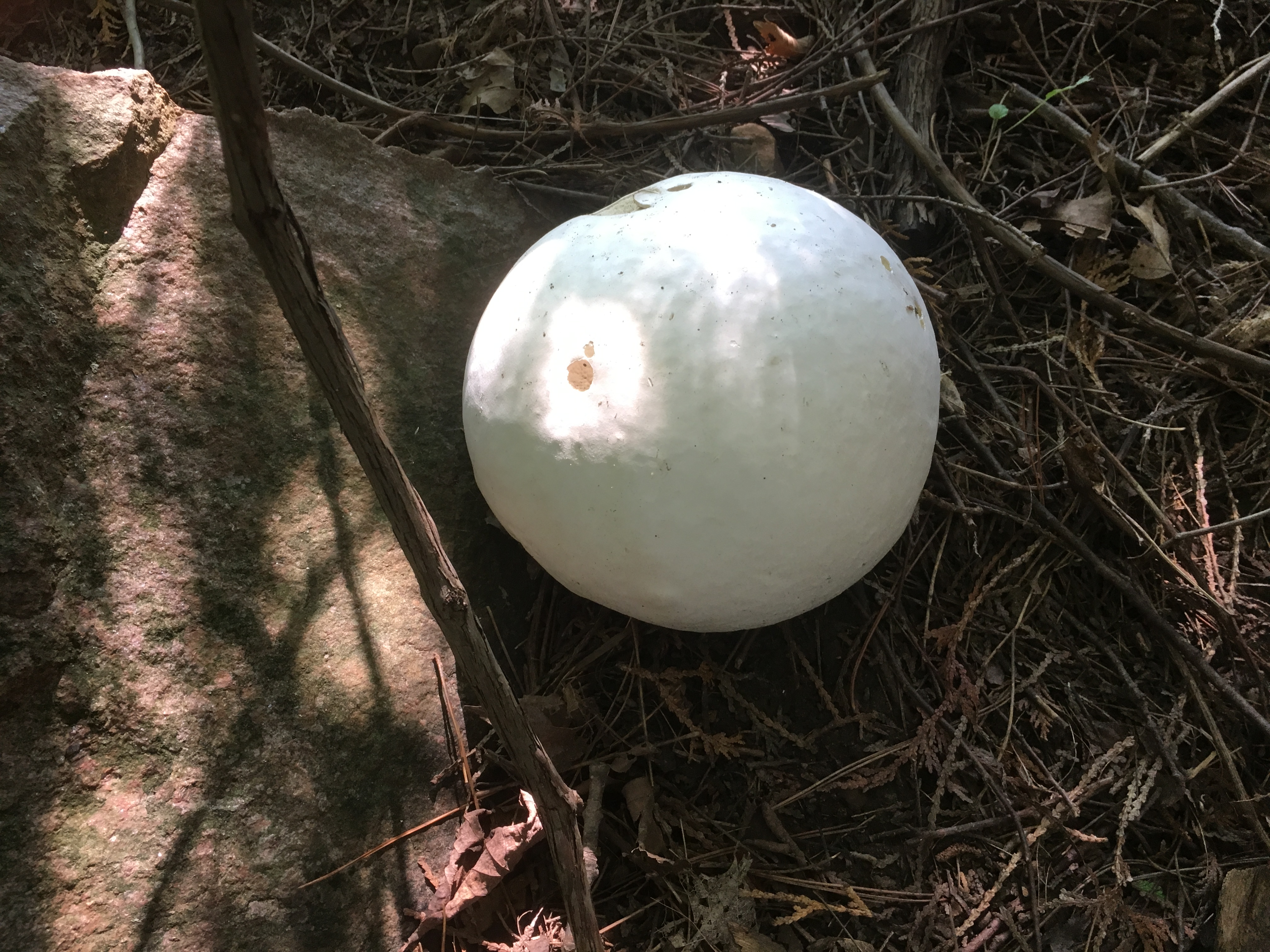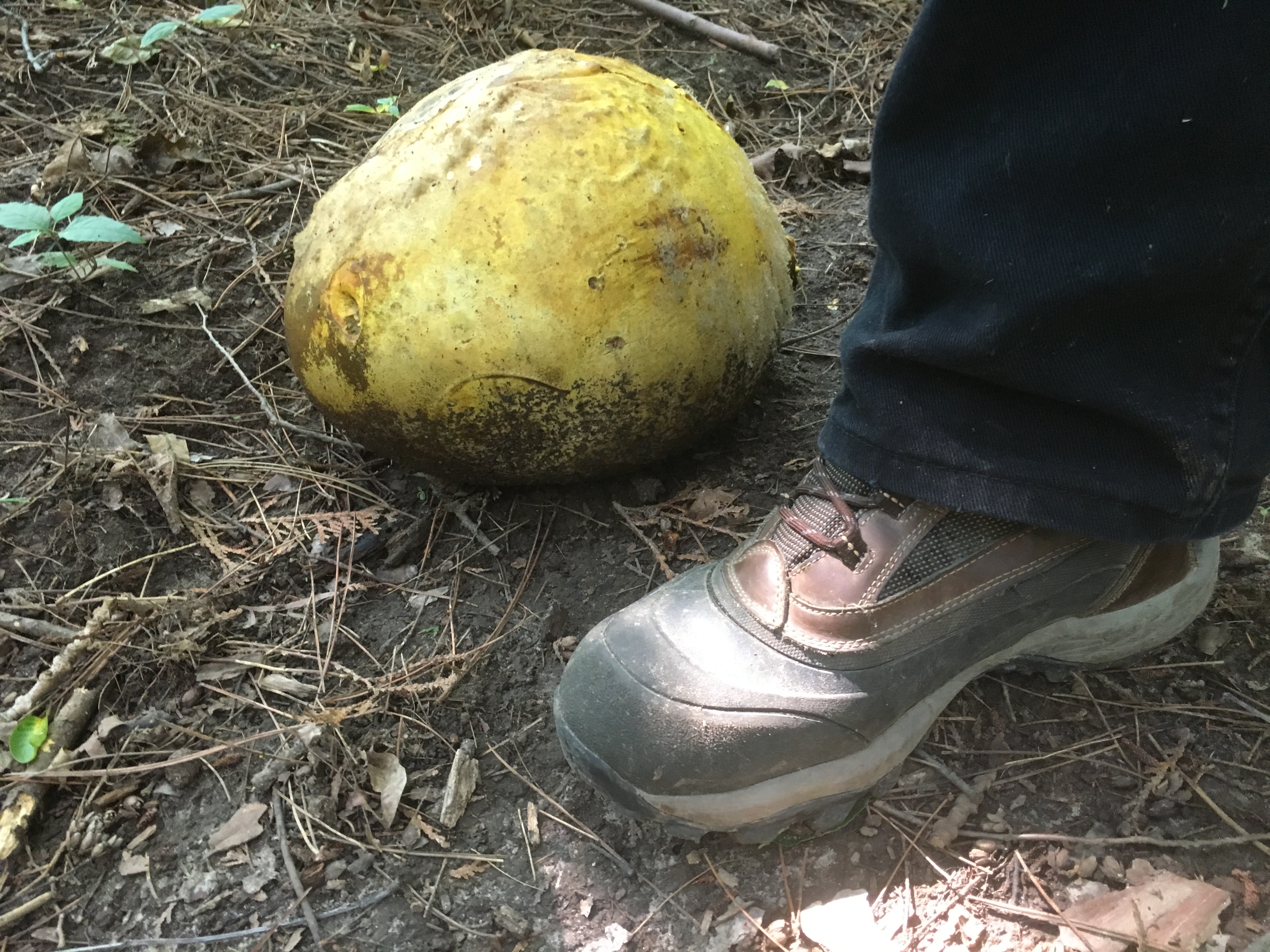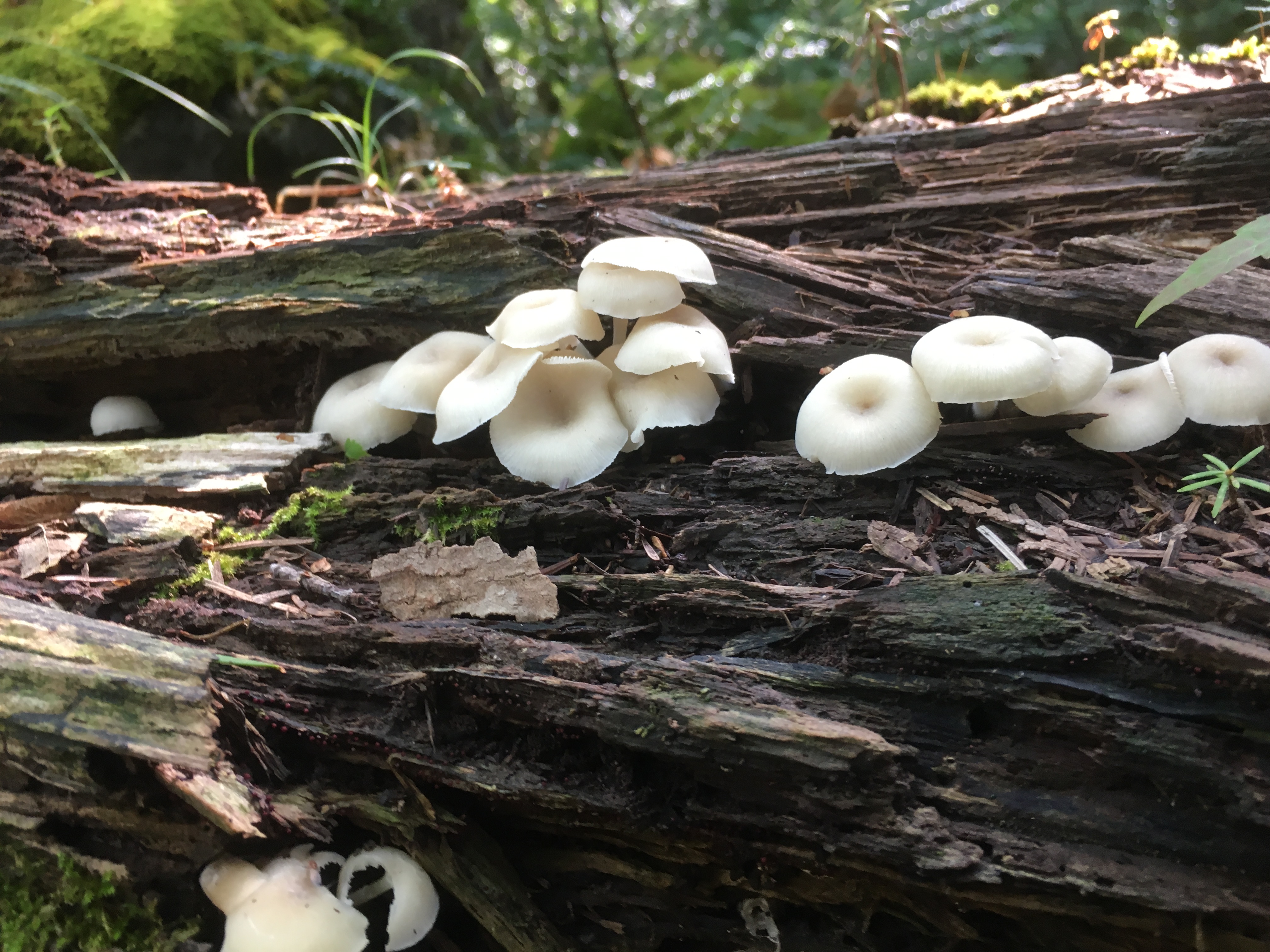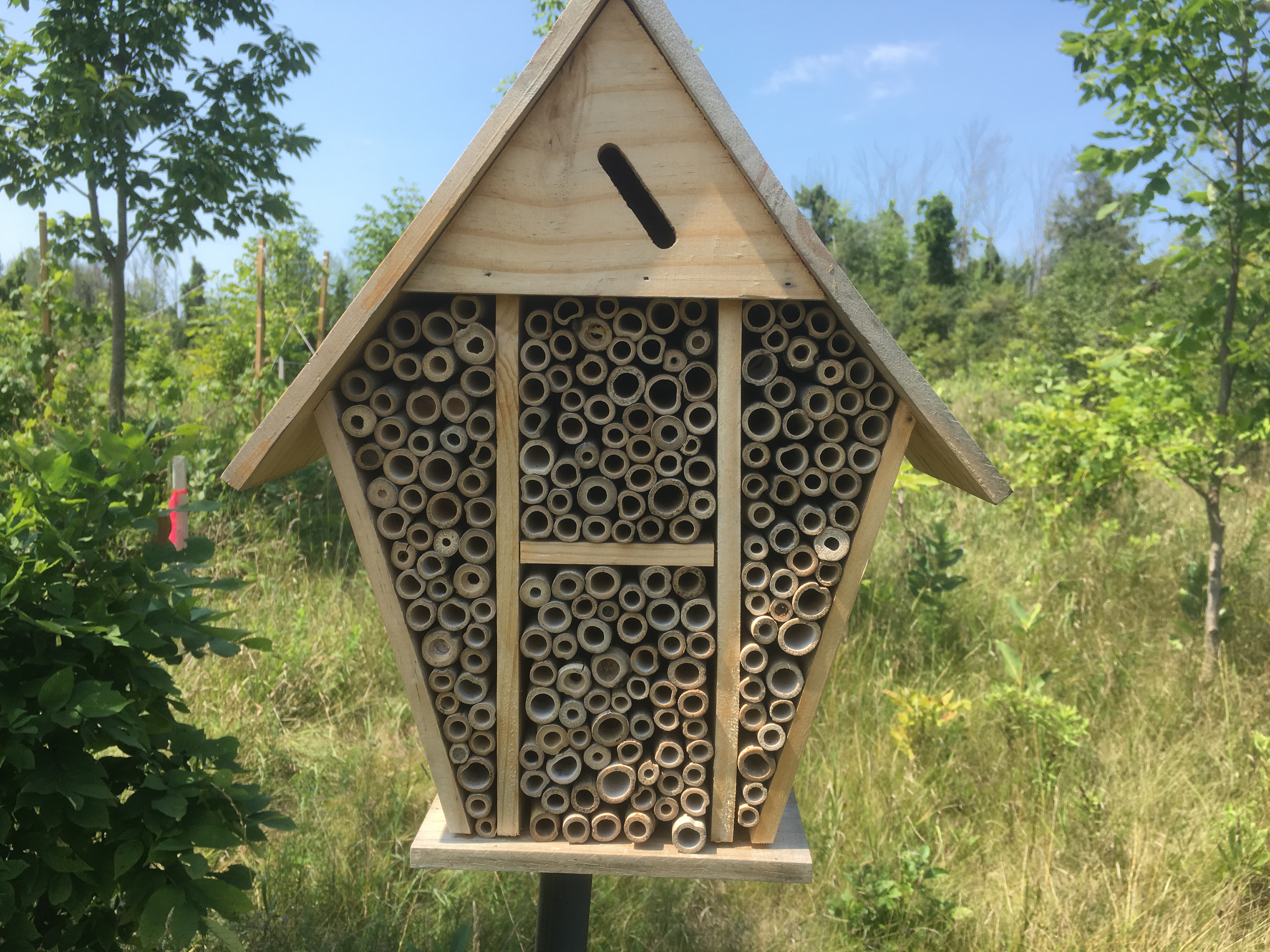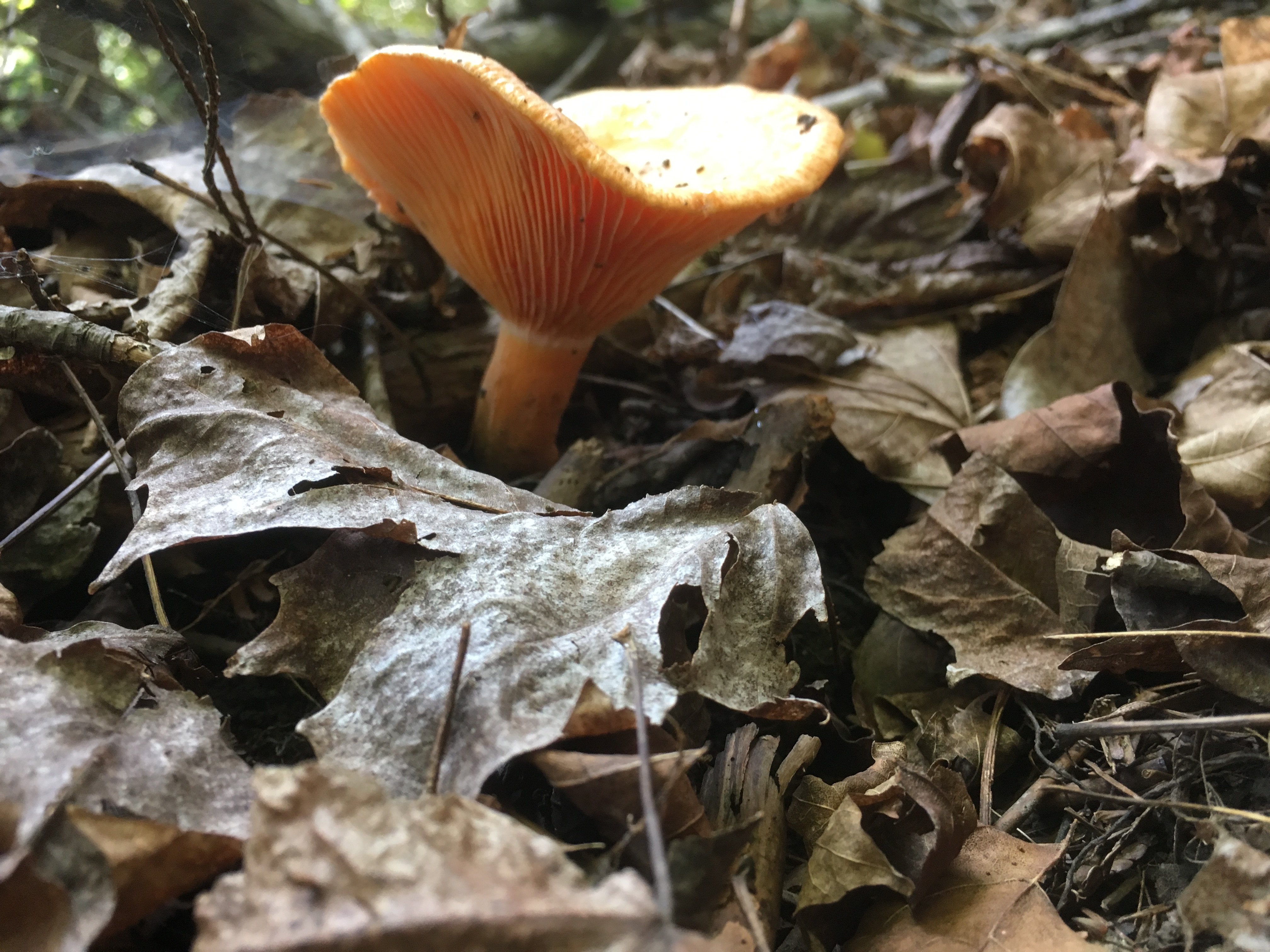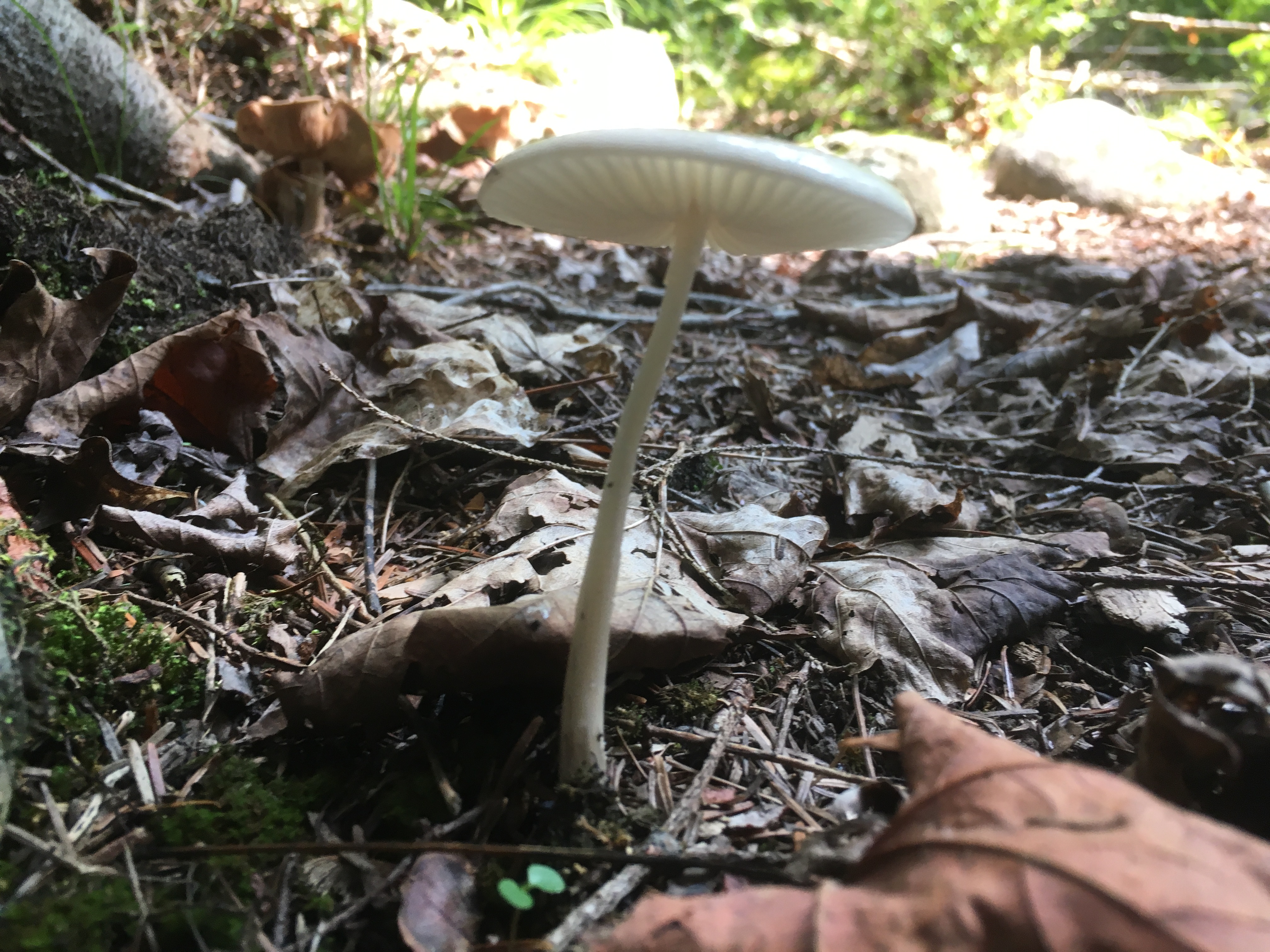Sunday, May 22, 2022
I decided to go to the Bruce Trail for a hike and to look for a natural feature called The Dingle as well as an old school house associated with it. There’s parking on Coolihans Side Road where the trail crosses and so I headed for there to begin my hike. I had the understanding that I could reach the side trail to The Dingle from the main trail, however, that wasn’t the case. At any rate, I had a good hike through to Finnerty Side Road and back. It was a beautiful afternoon and the trail was basically deserted.

The woods were full of flowers of various colours but these bright yellow ones stood out because of their size. Yellow Wood Poppies grow in shaded areas and are also known as Celandine Poppies. The can grow as a single flower or in large patches like the ones I found along the trail.

There were many patches of trilliums growing in the woods, most of them were white. A few of the white ones had a green stripe running along each petal. These are not a different type of trillium but rather one that has a disease. There is a small virus known as a mycoplasma that infects the plants and causes this discolouration. It will get worse until the plant is no longer able to flower. In some cases the streaks can show up as pink lines on the flowers.
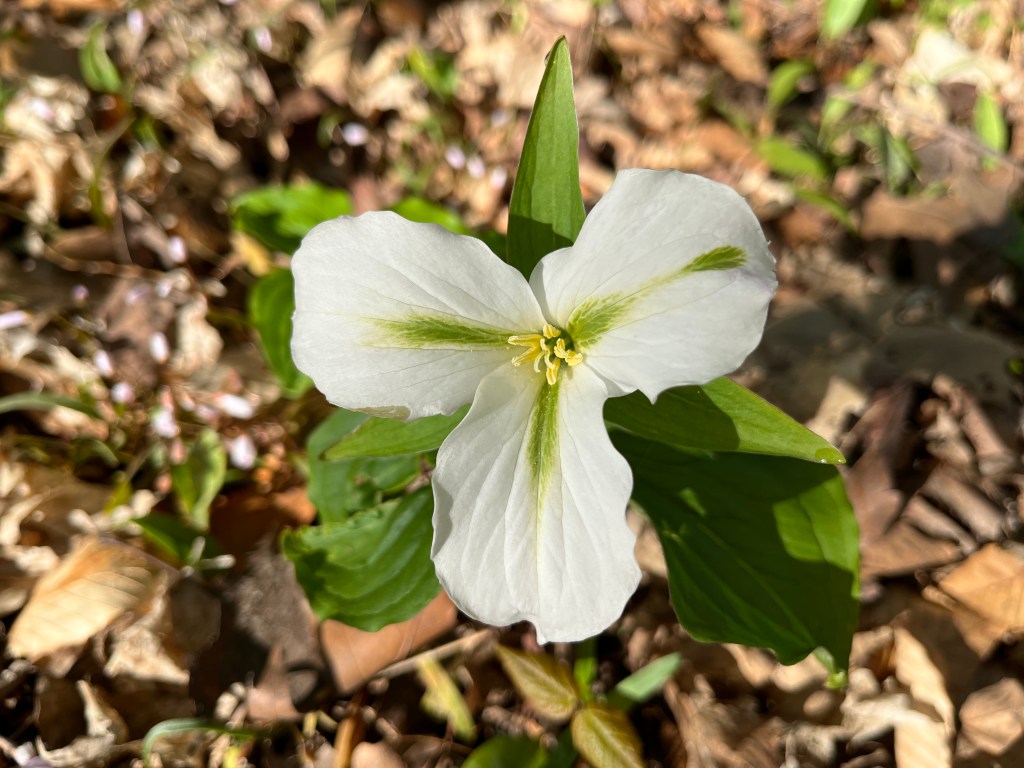
I found a large Garter Snake sunning itself on the trail. It moved into the undergrowth when it saw me coming but I managed to get a picture before it slithered away. I don’t know if it was a male or female but other snakes would have known right away. Garter Snakes leave a pheromone scented trail that is very different for either gender. Some male snakes give of both male and female scents and this can fool other males into trying to mate with them. This isn’t very effective with the other males but it increases the snakes body heat and gets them more interaction with the females.
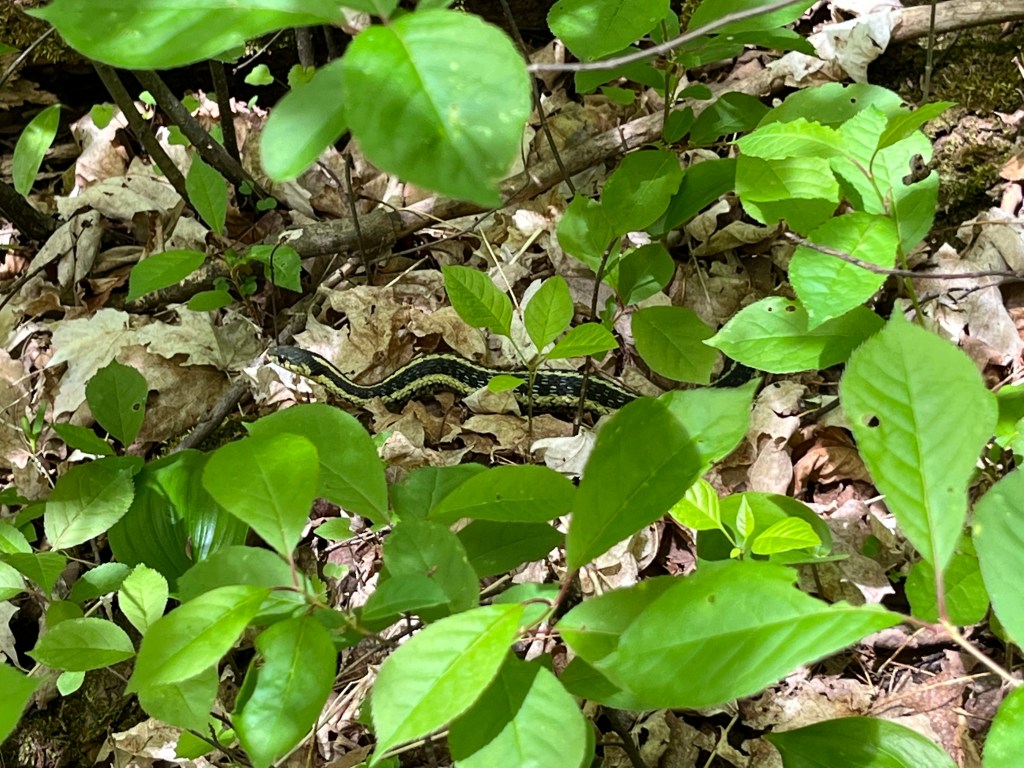
Red trilliums are less common in this forest than the white ones but there were a few examples scattered around. It is said that ants often carry the seeds of trilliums underground and then eat only the outer part leaving the seed to germinate. Once a trillium starts it will take between 4 and 15 years to flower the first time after which it will flower annually. However, if they are picked it sets them back and they can take up to seven years before they start to flower again.

The Eastern American Toad can have a variable colouring as they adapt to their habitat and the females have a wider variety of markings. Stress and temperature as well as humidity can also play a role in the colours of these toads. The tadpoles protect themselves by the toxic chemicals in their skin which can kill a fish if it eats just one of them.
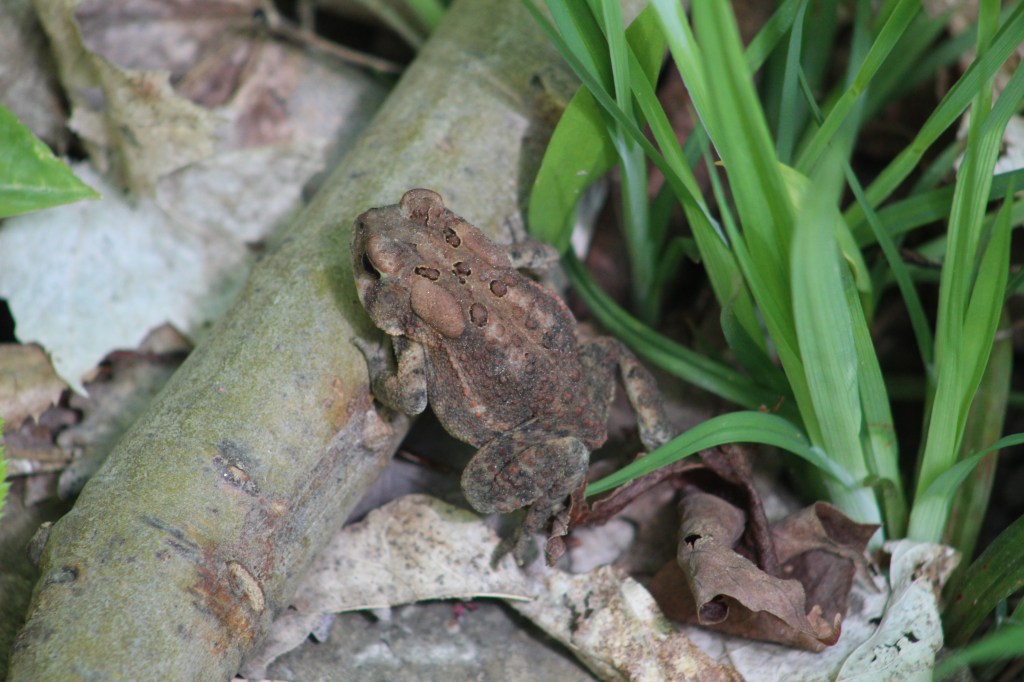
Carolina Wren are most common in the eastern United States but range into the extreme southern parts of Ontario. If the winter is severe these wrens will not venture as far north but they can have several broods during the summer. The young are often victims of the brown-headed cowbird who raid their nests. Carolina Wrens will mate for several years and live for an average of ten years. They tend to stay out of the open and rarely sit still long enough to get their pictures taken.

The Northern Flicker is a member of the woodpecker family and is medium sized. The males have a red patch on their head like many other woodpeckers in Ontario. Unlike most woodpeckers. the Northern Flicker migrates for the winter season.
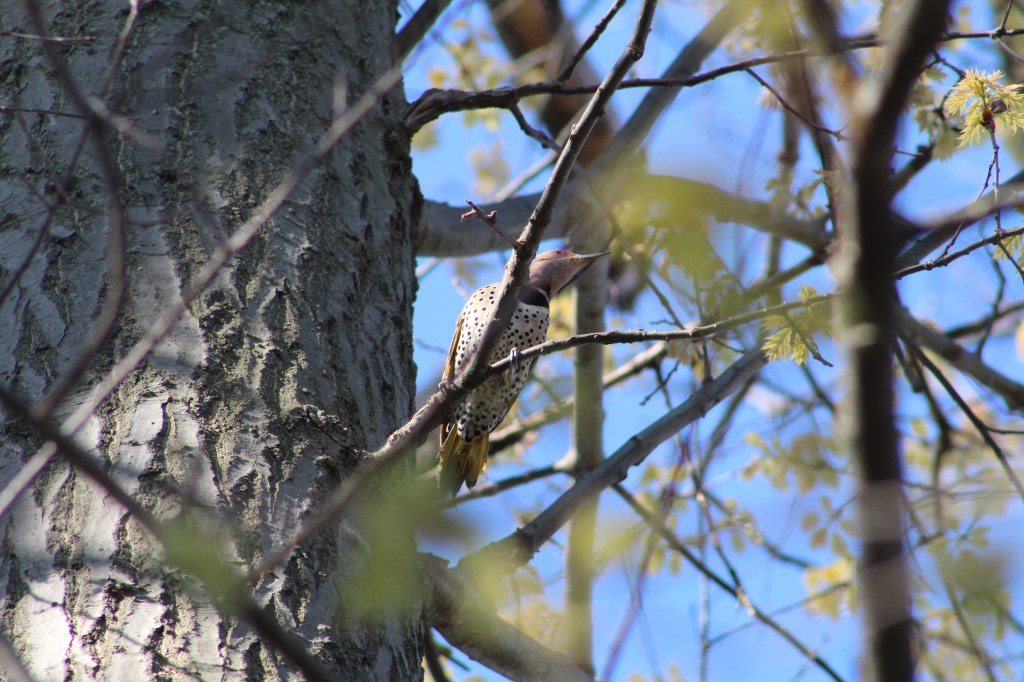
Short-winged Blister Beetles are also known as Oil Beetles. They grow to be 8-10 millimetres in length and get their name from the droplets of oil they excrete from their leg joints when they are disturbed. This oil can cause blisters on the skin and is a deterrent to predators. The larva of this beetle is a parasite that attacks the larvae of bees. The one below has a hitch-hiker on its back.

There are lots of Jack-In-The-Pulpits along the trail and these plants can live for up to 100 years. They have very earthy colours and the hood that hides the flower is called a spathe. Although they are not brightly coloured like many of the other spring flowers they are one of my favourites.

At Finnerty Side Road I turned around and made my way back to the car. This trail feels like it is uphill in both directions but it makes a great hike.
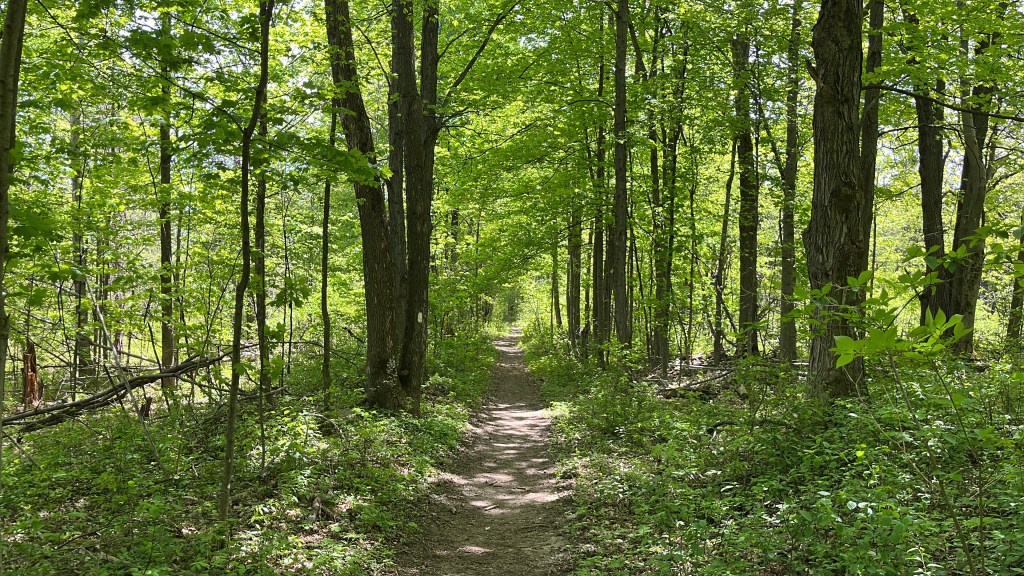
Having failed to find the Dingle or the Dingle Schoolhouse it appears that another trip will be in order in the near future.
Check out our top 50 stories at this link: Back Tracks
Google Maps Link: Coolihans Side Road
Like us at http://www.facebook.com/hikingthegta
Follow us at http://www.hikingthegta.com
Also, look for us on Instagram

